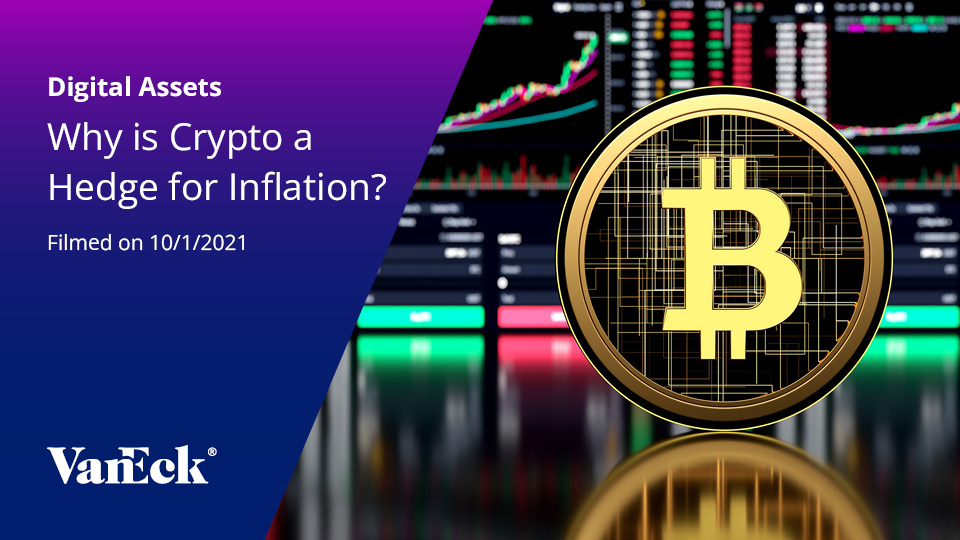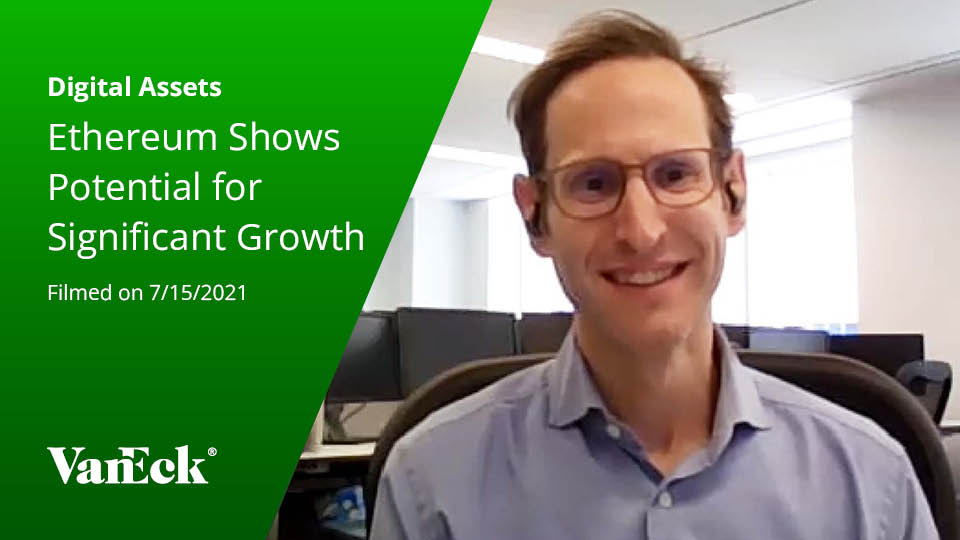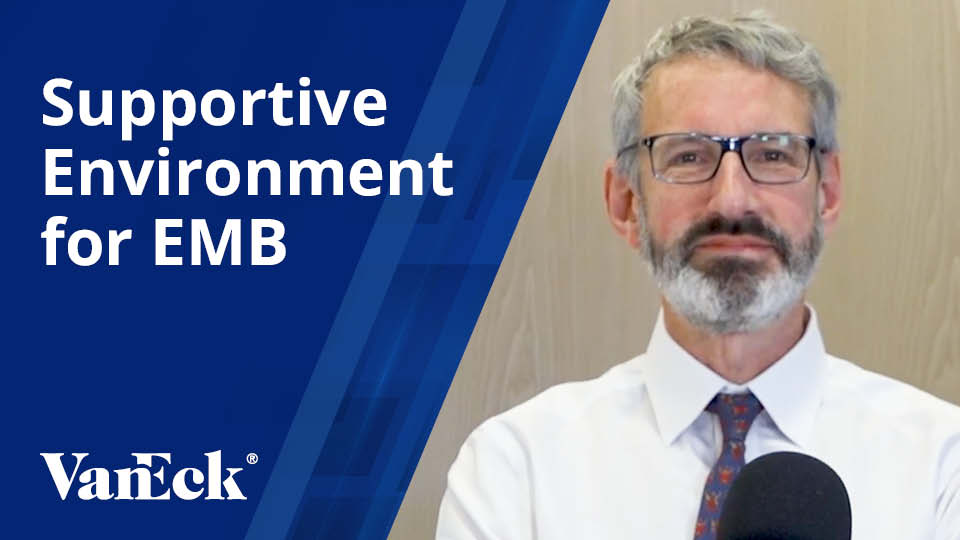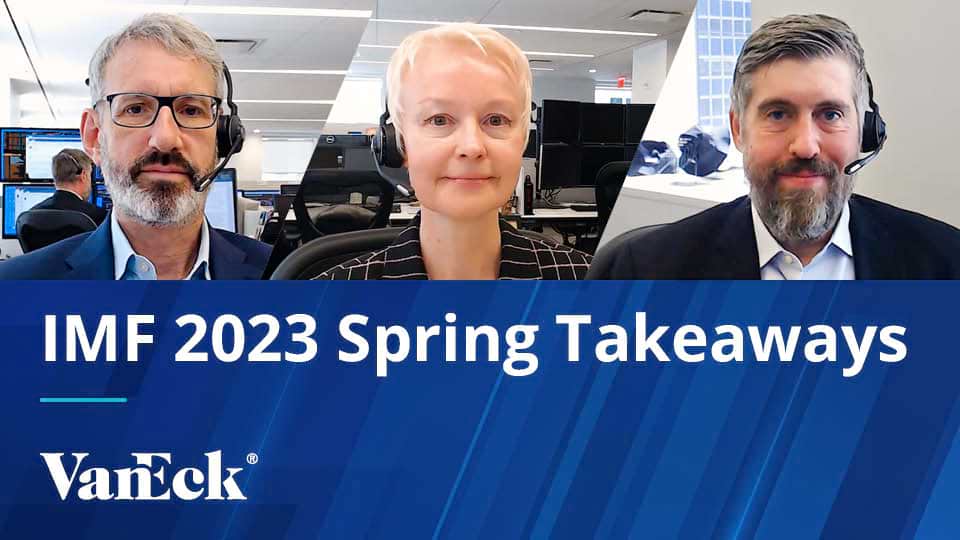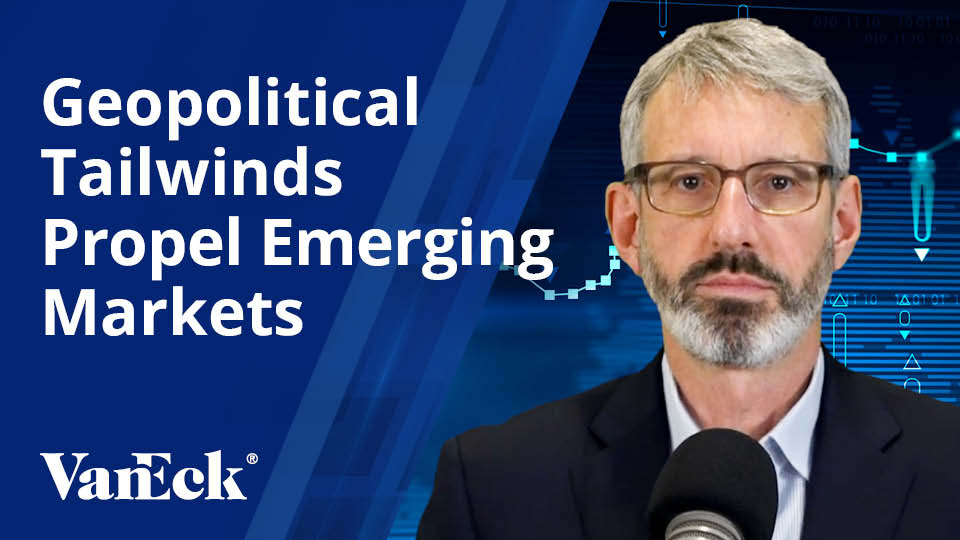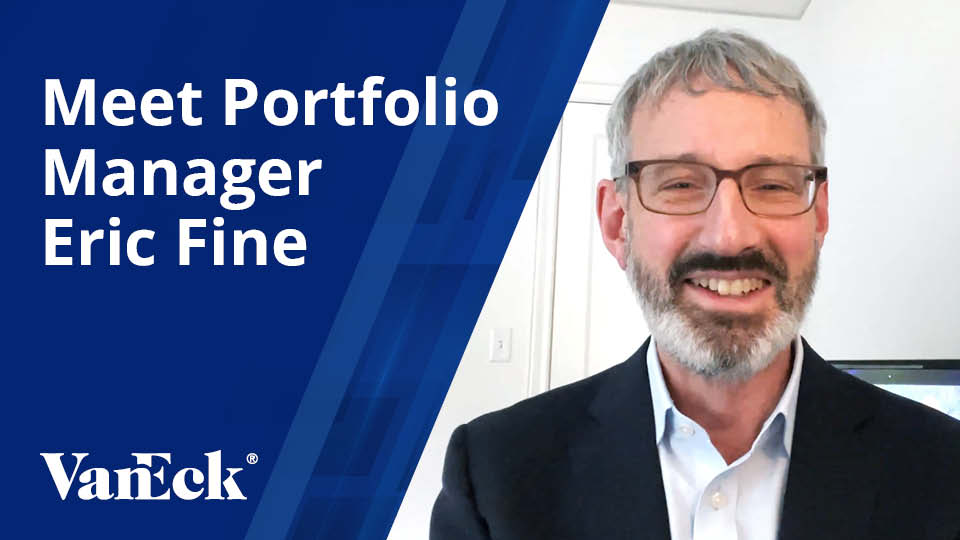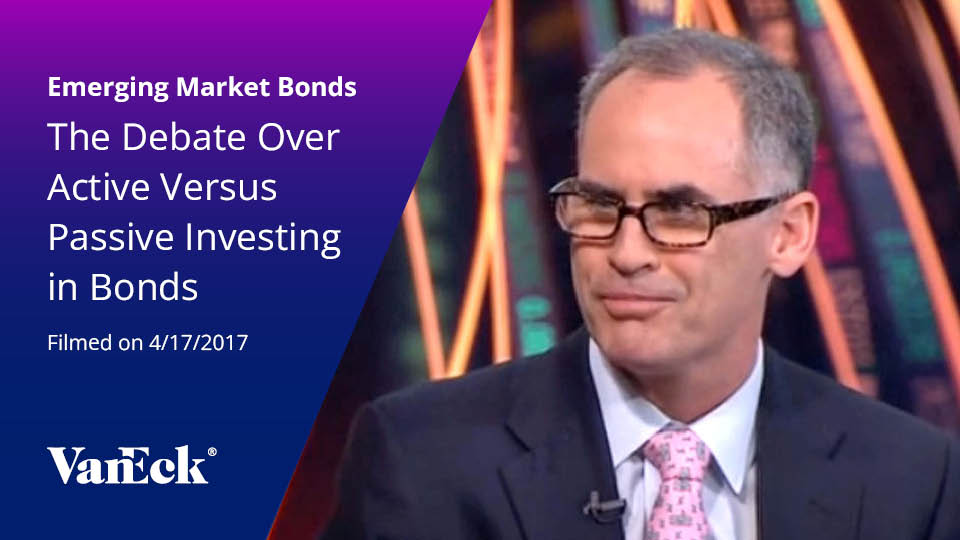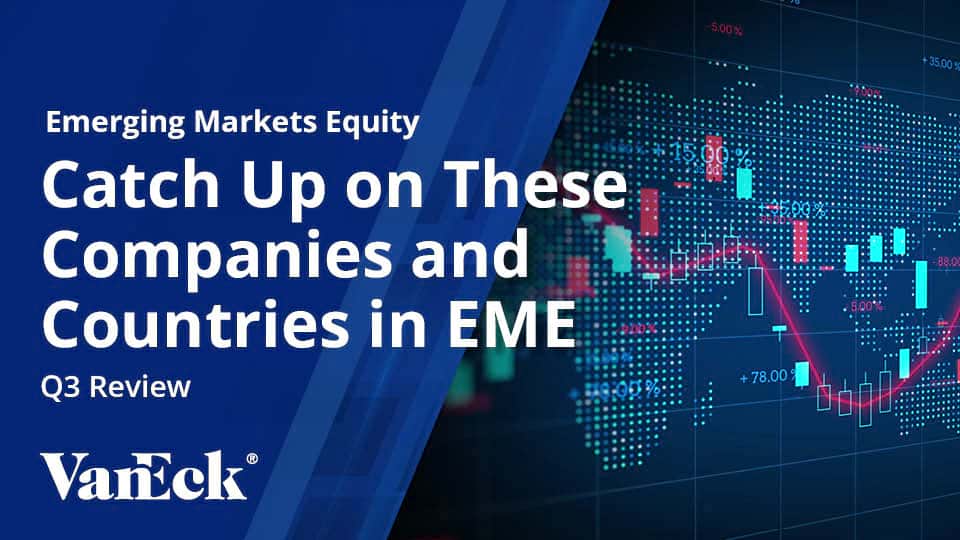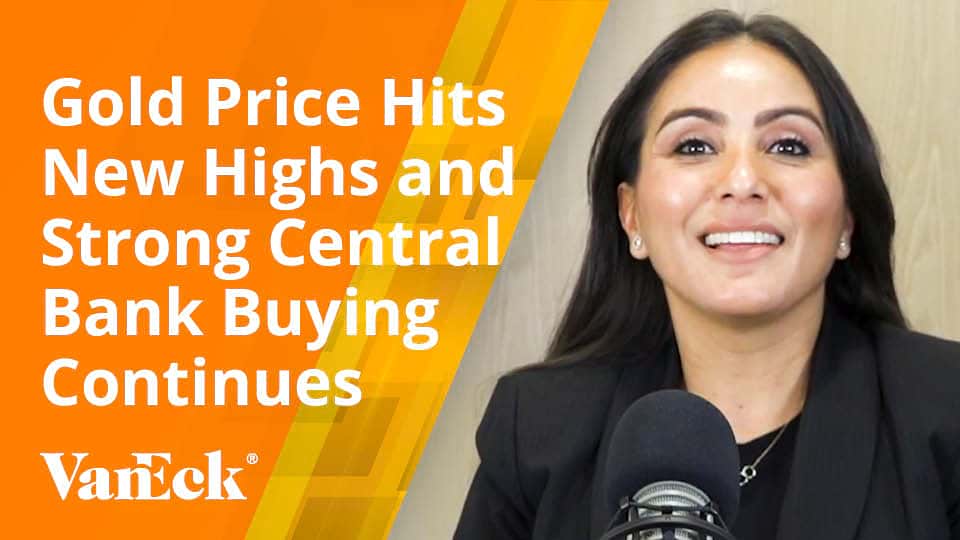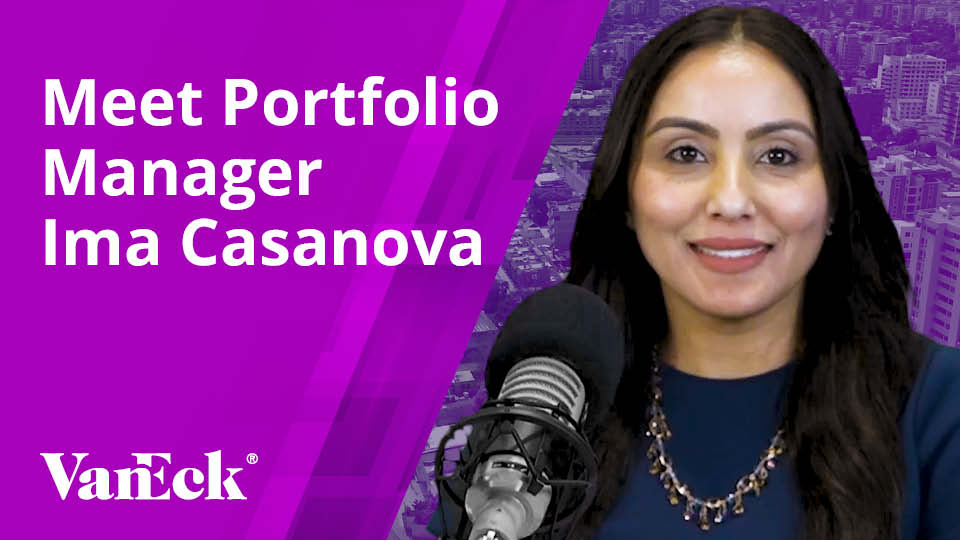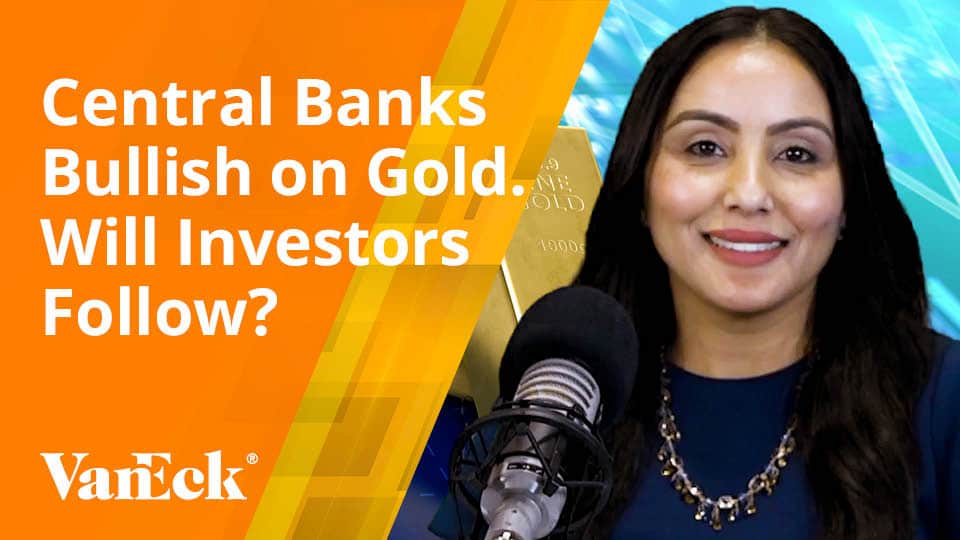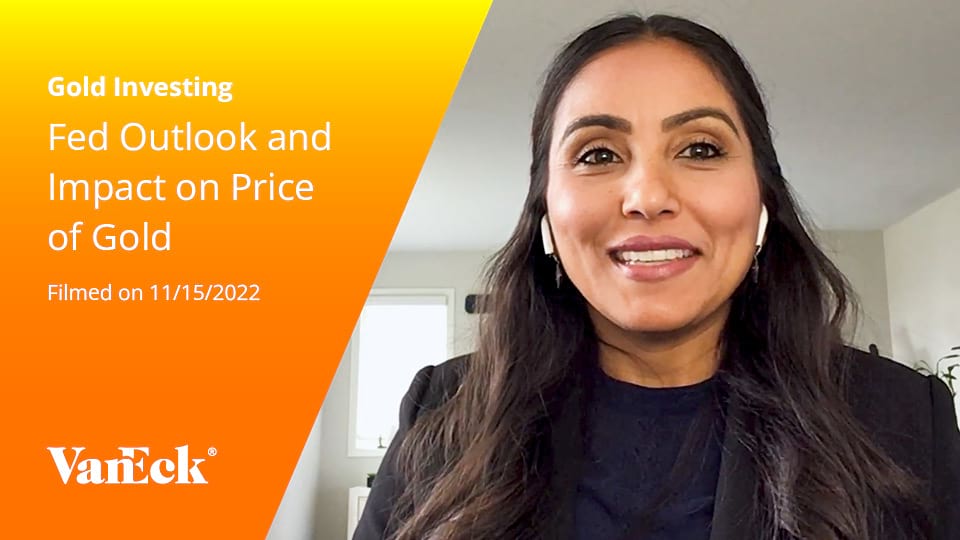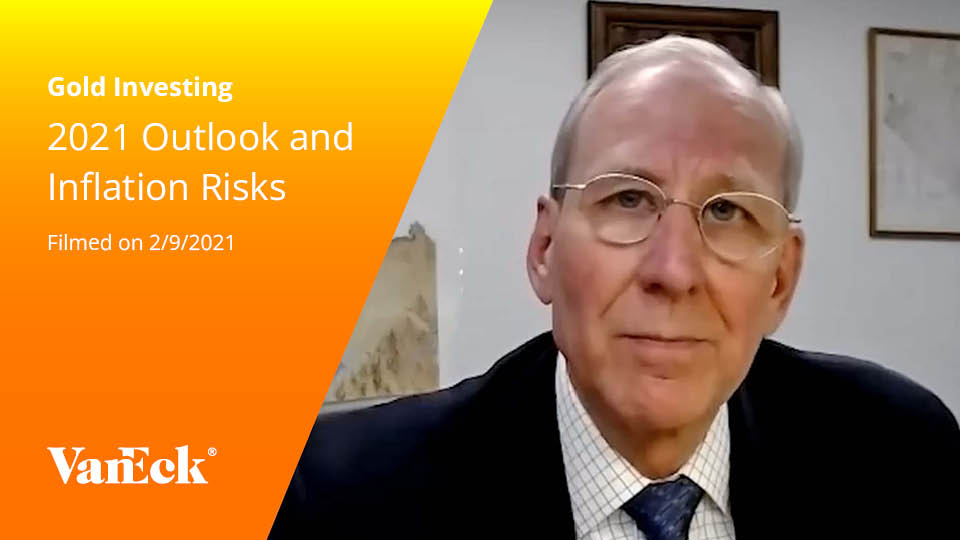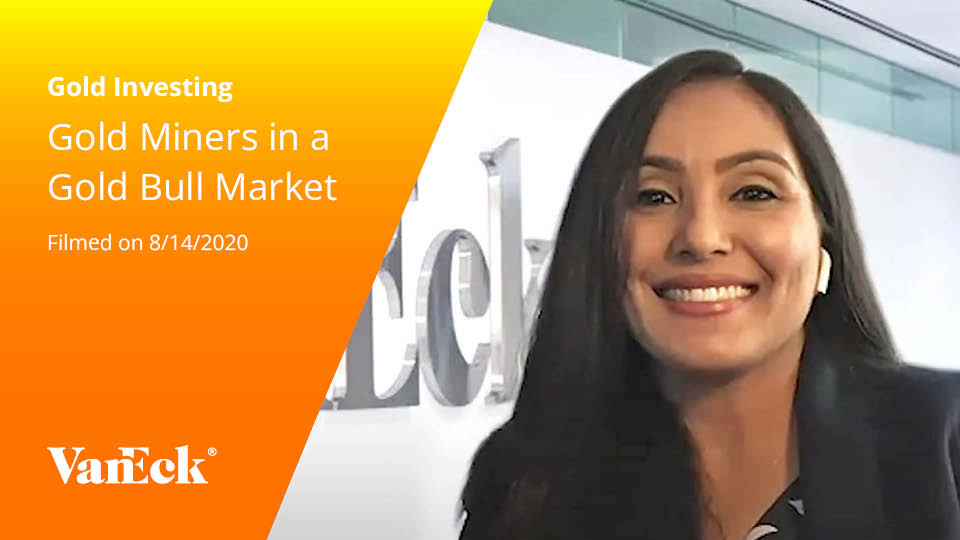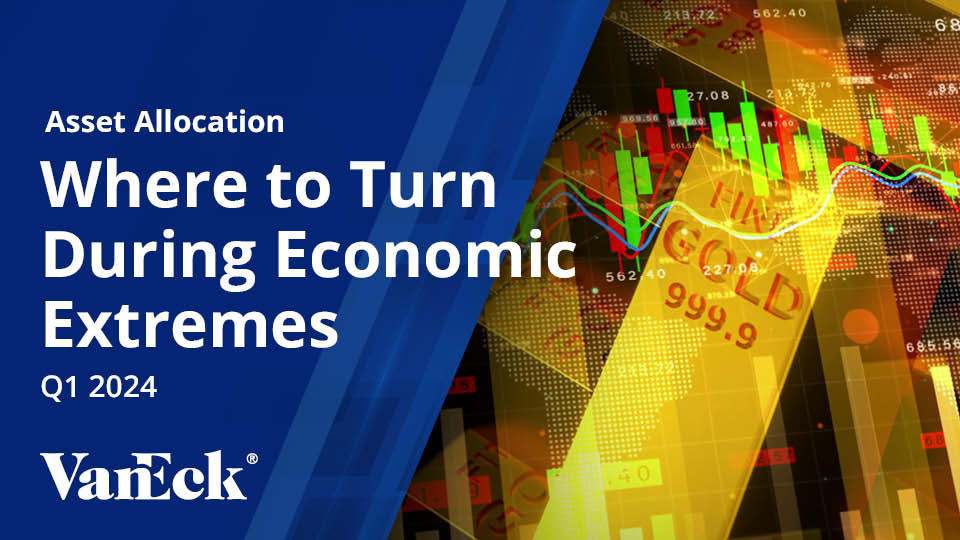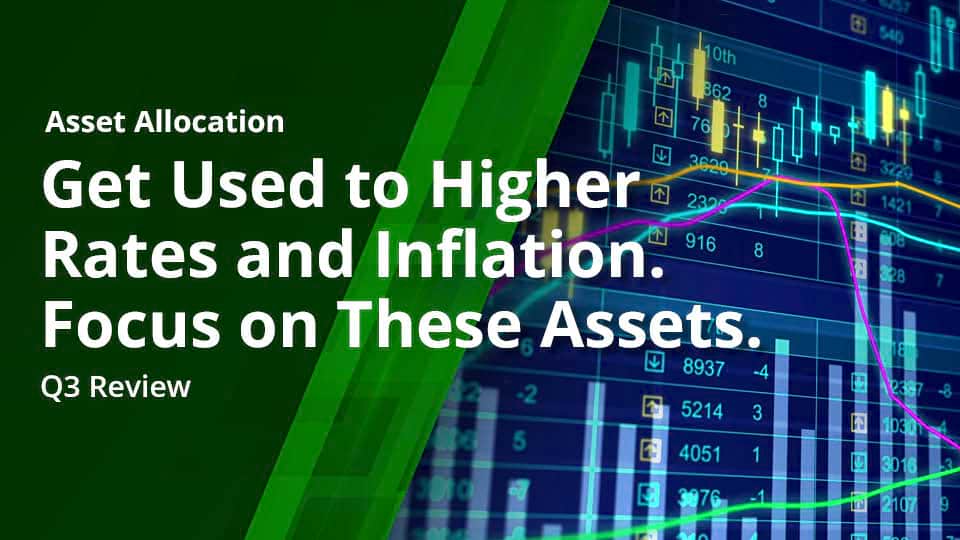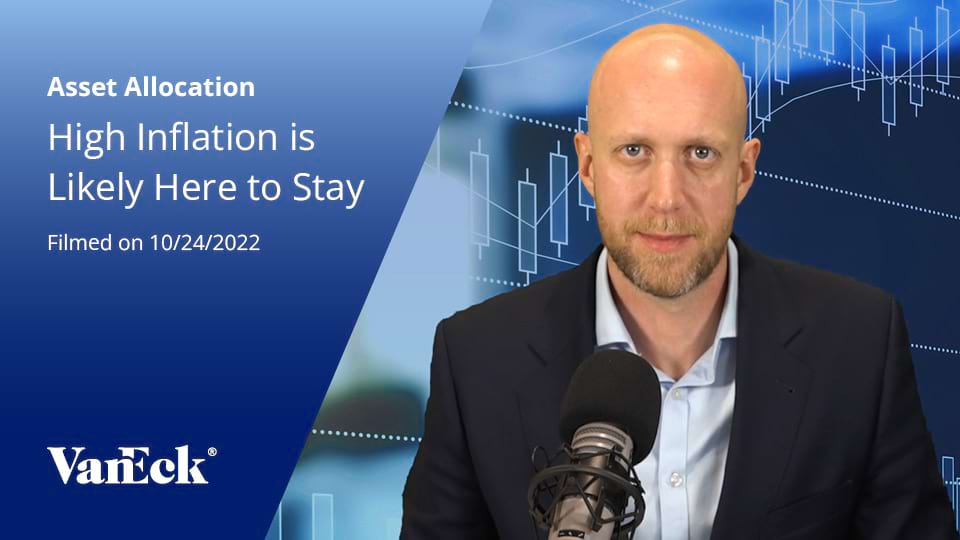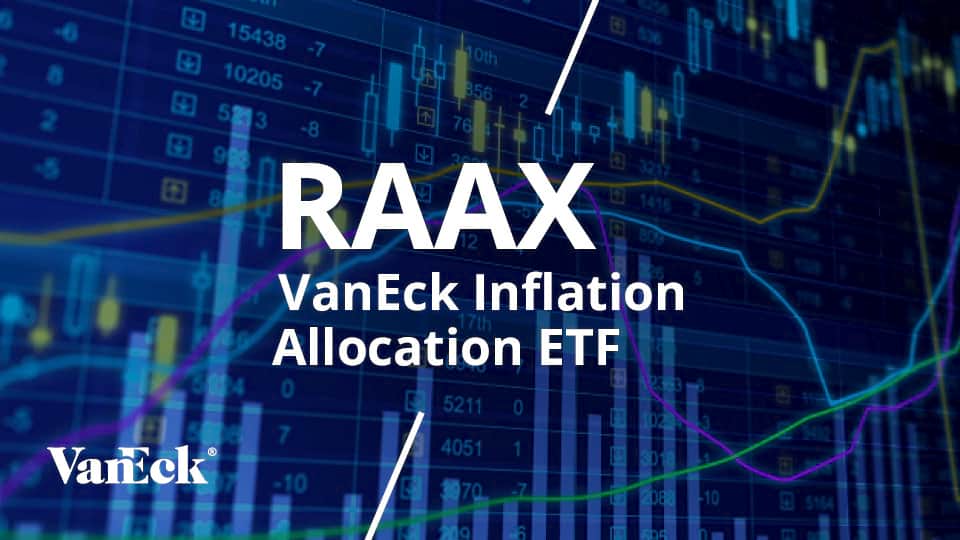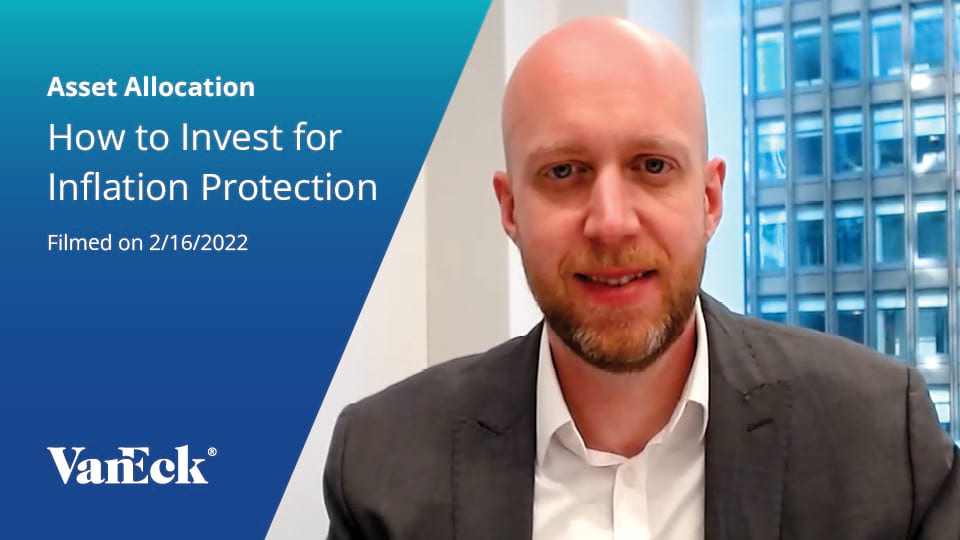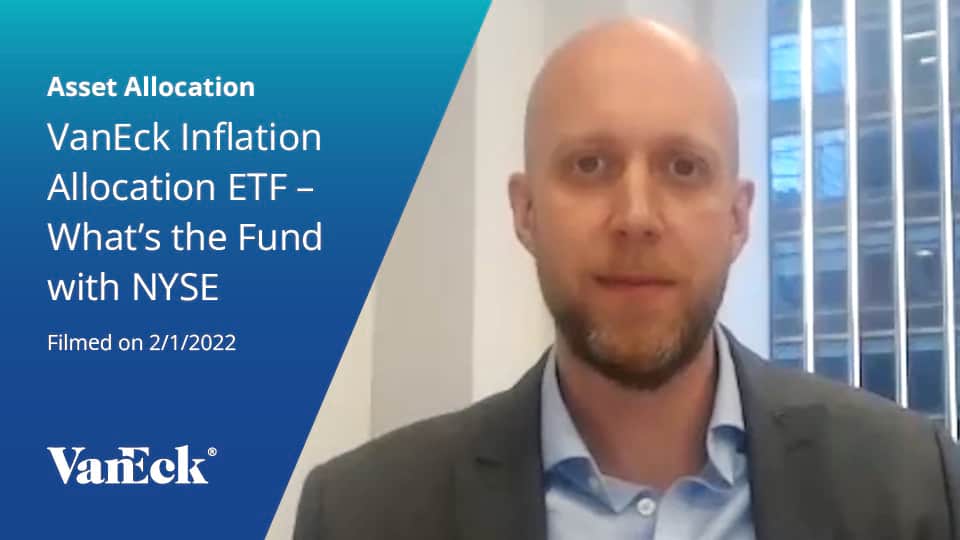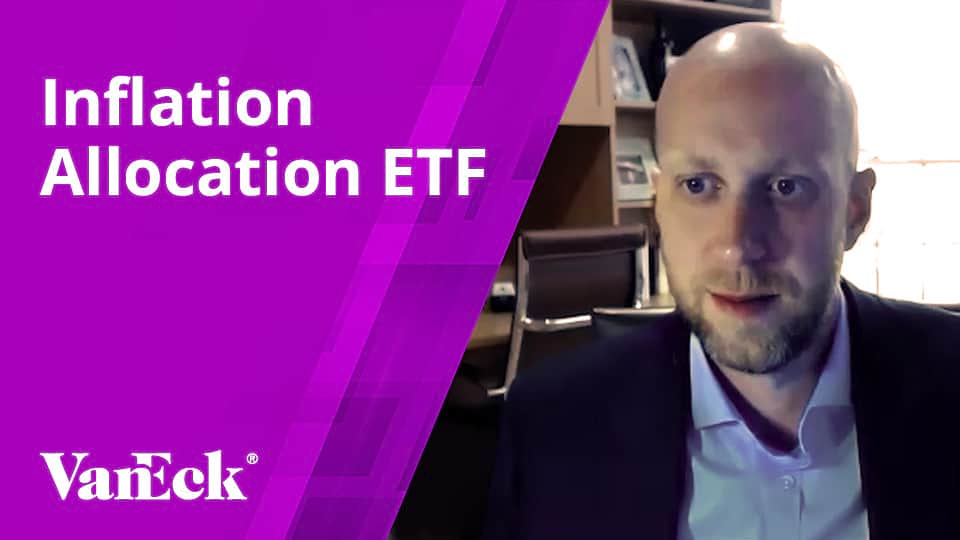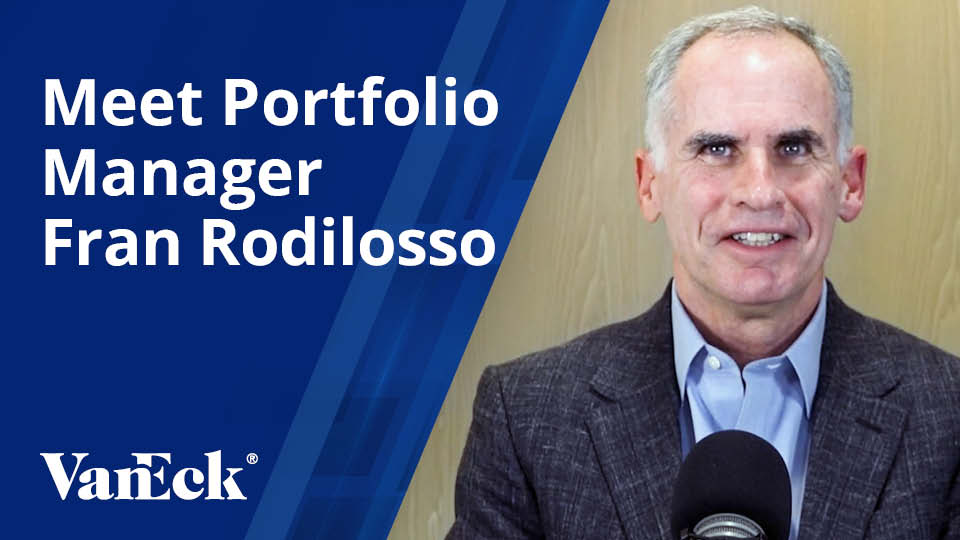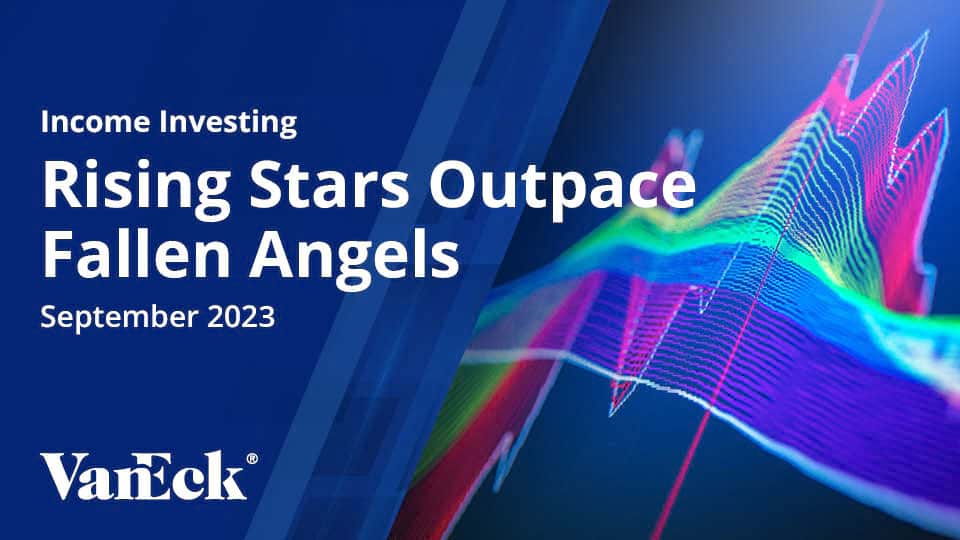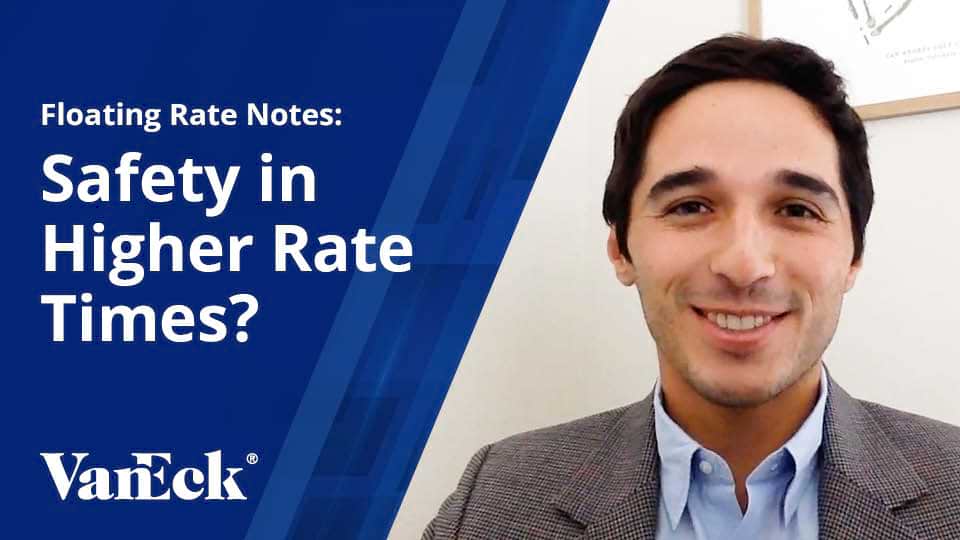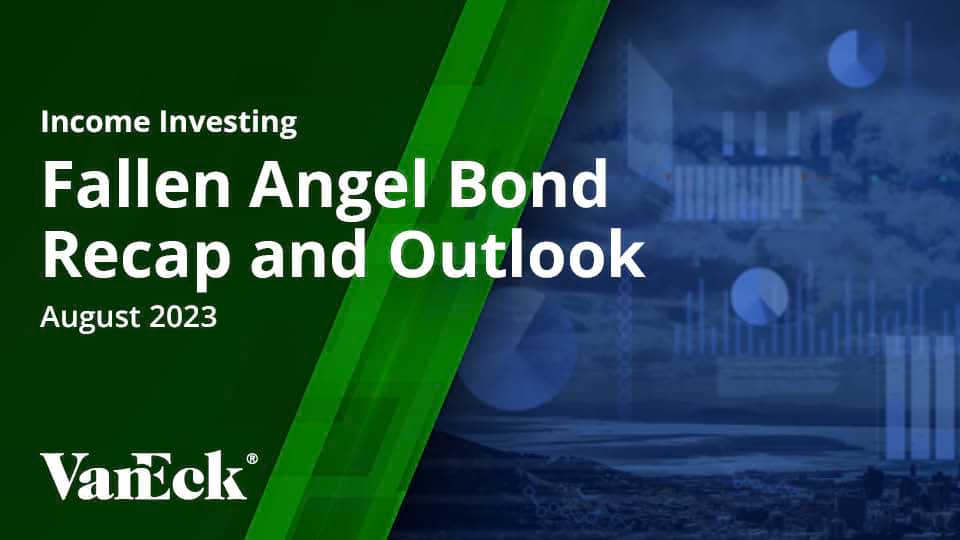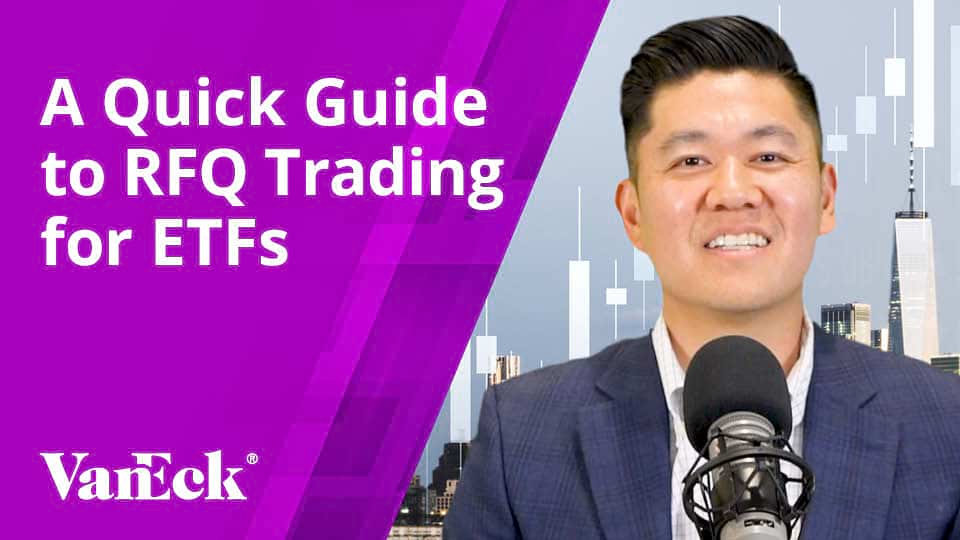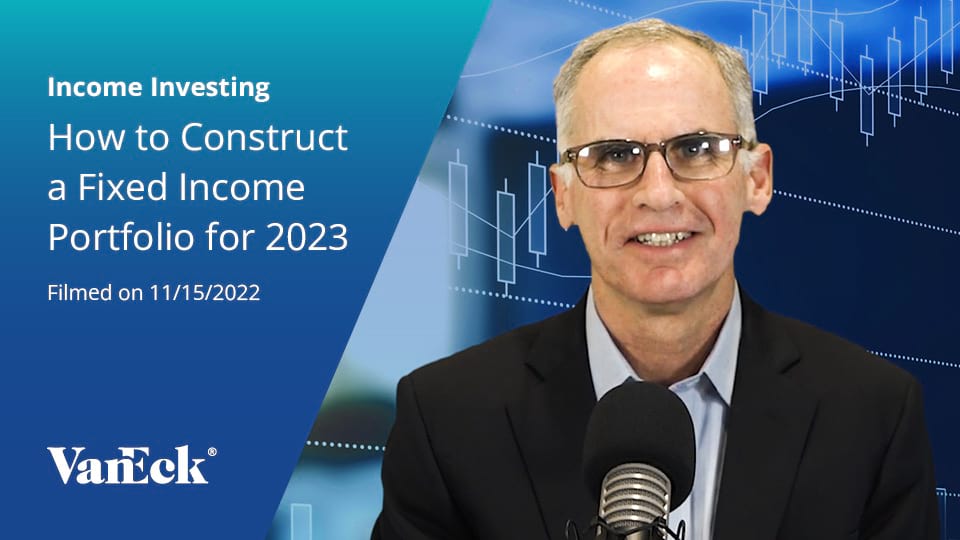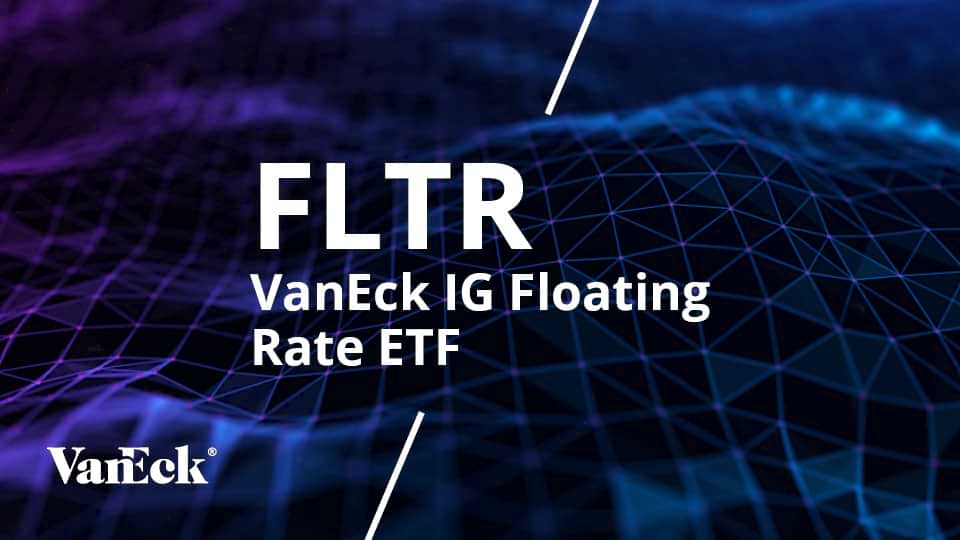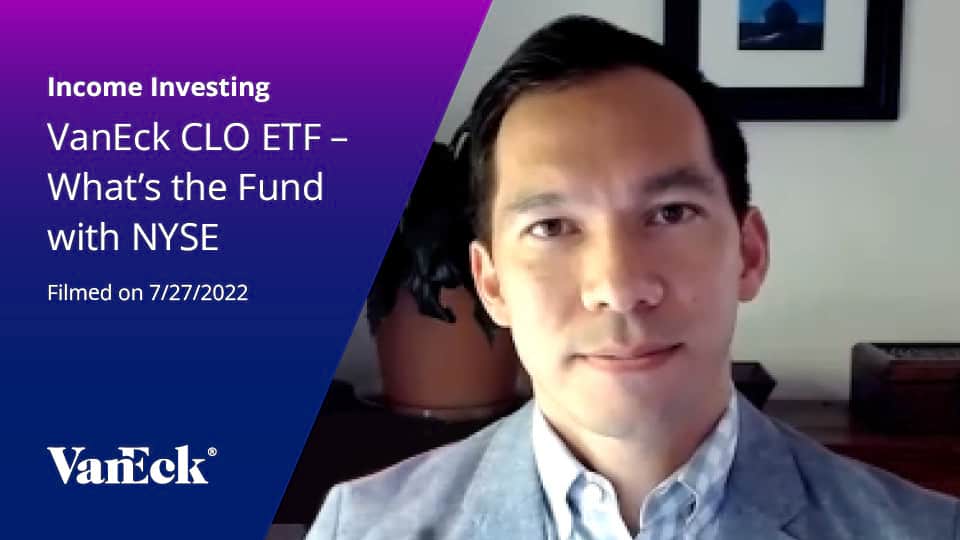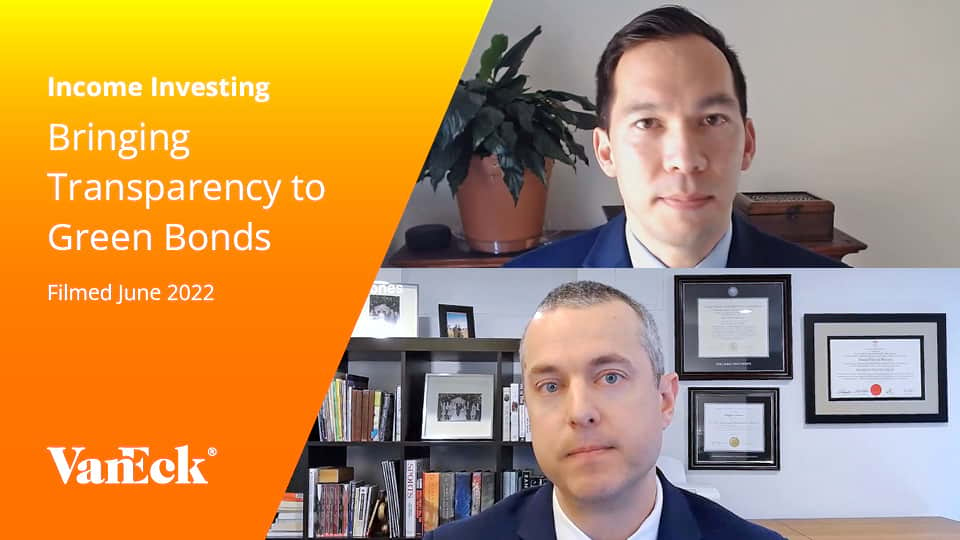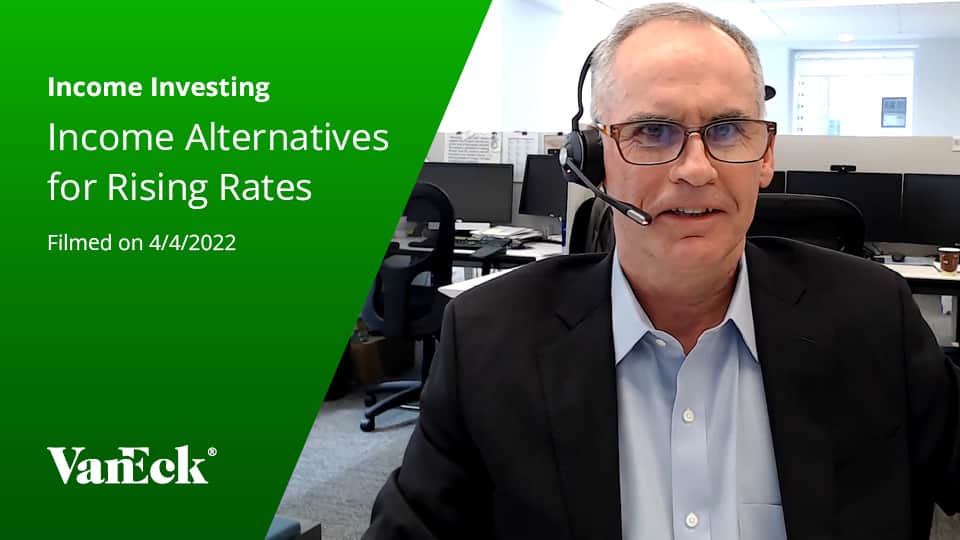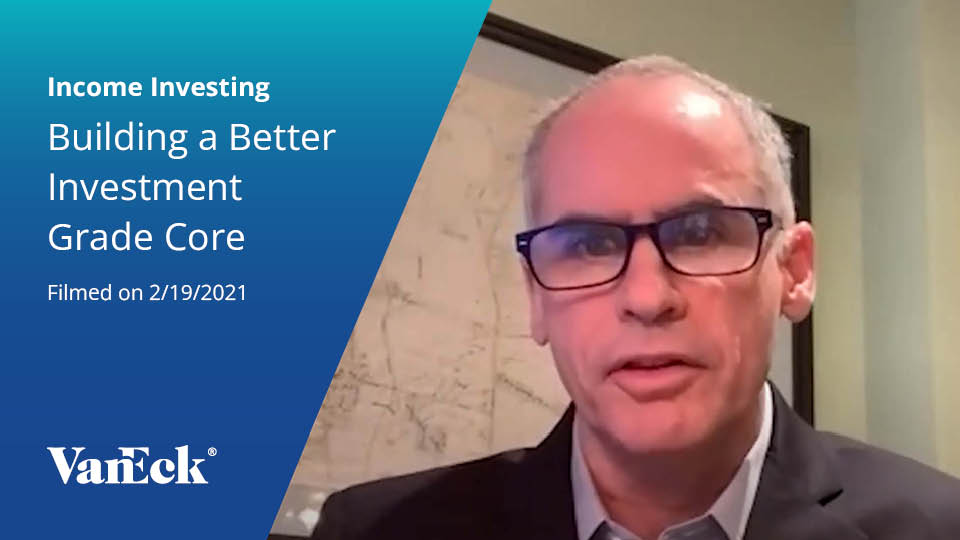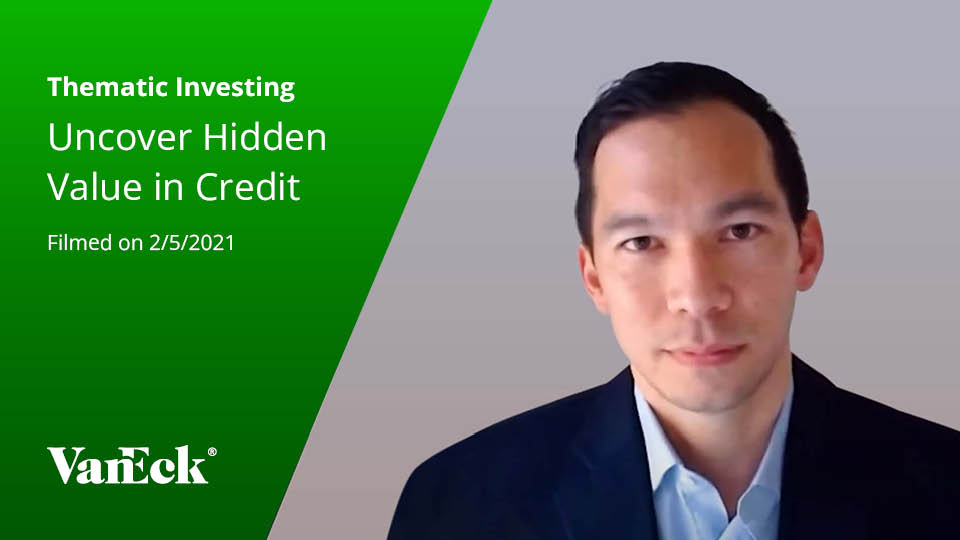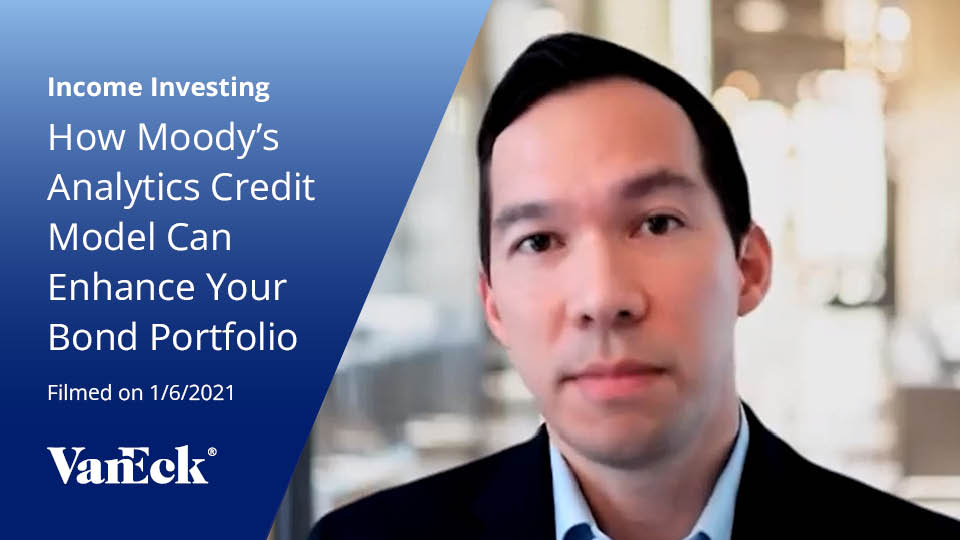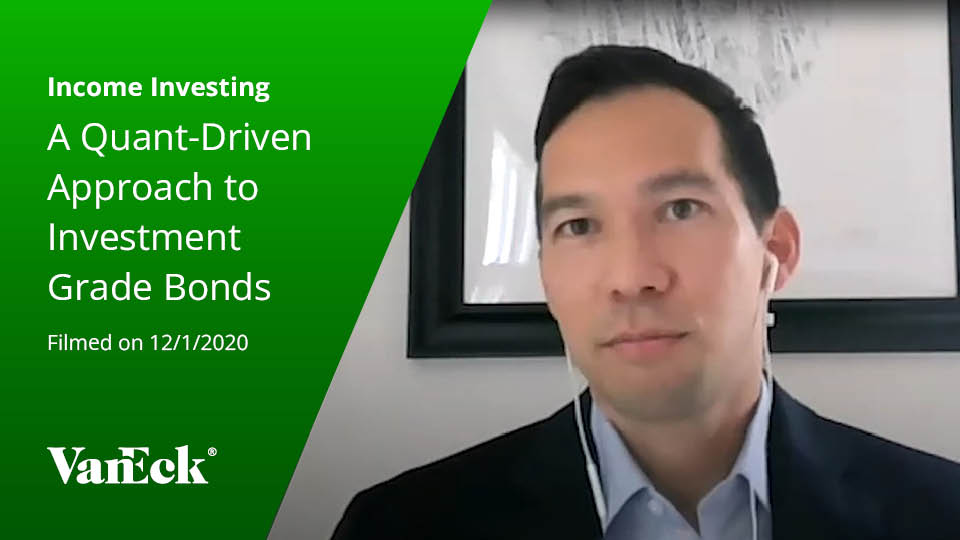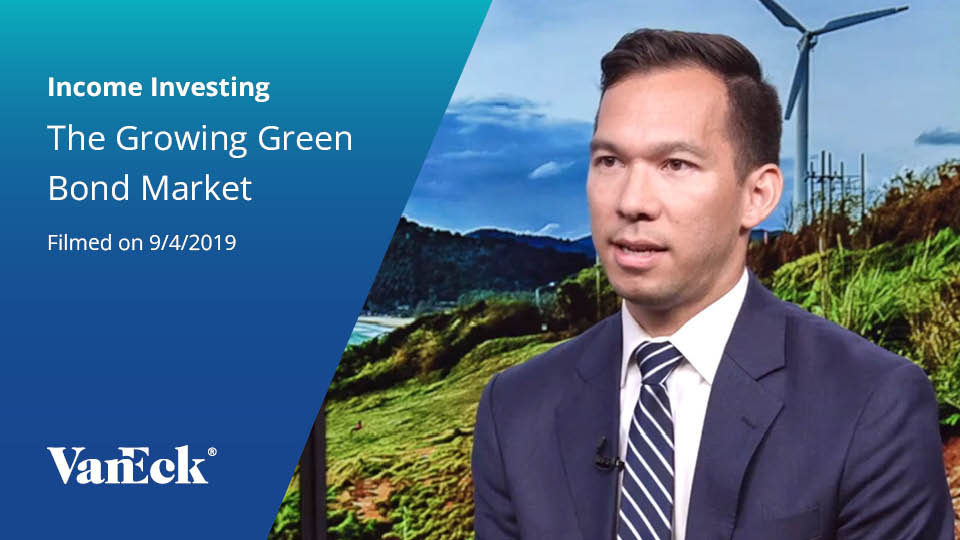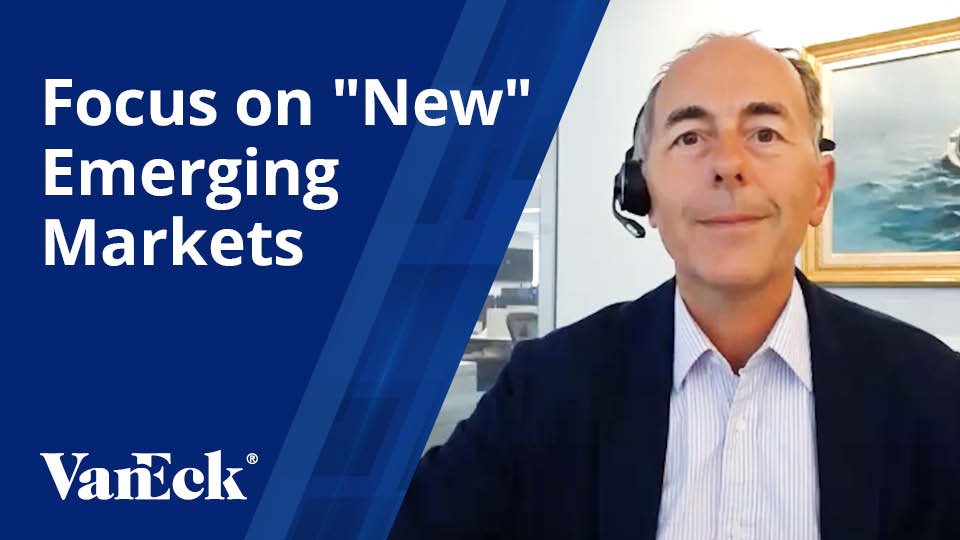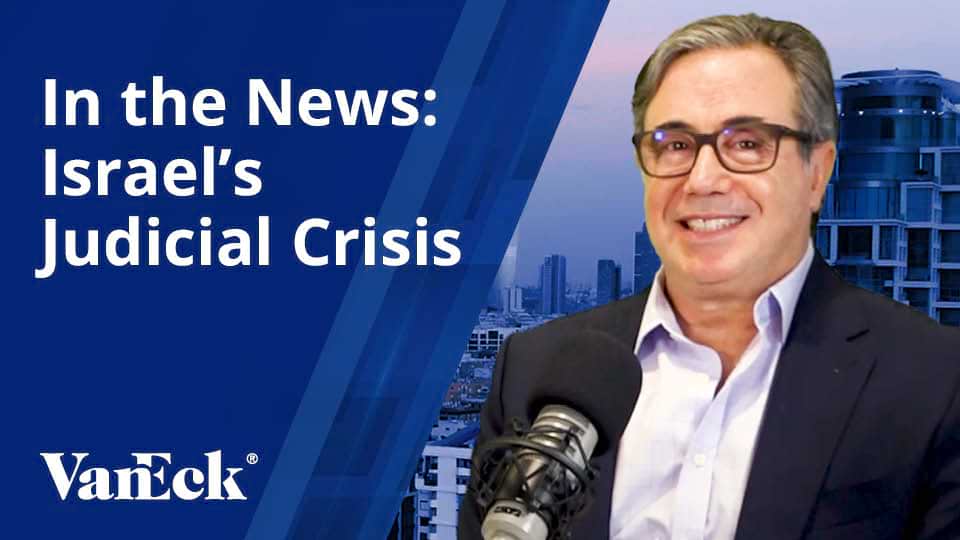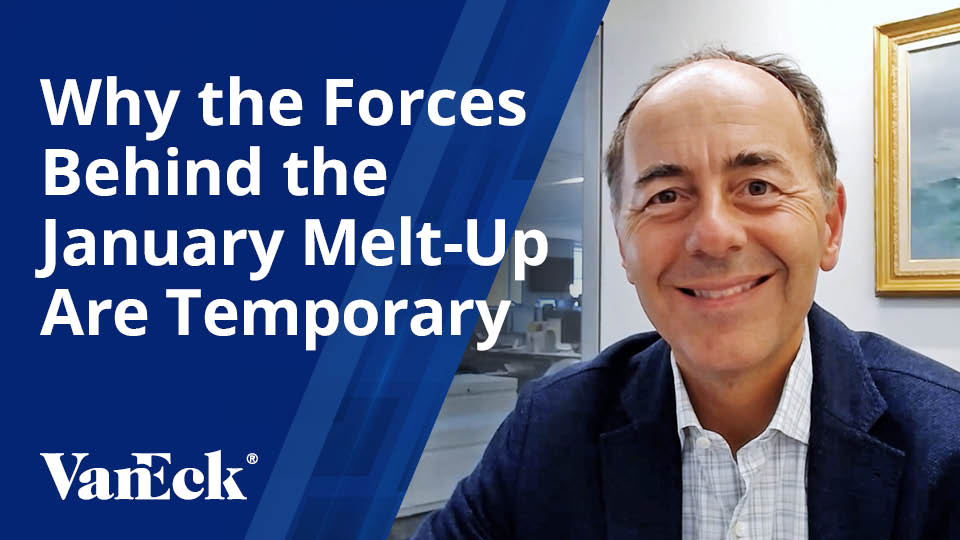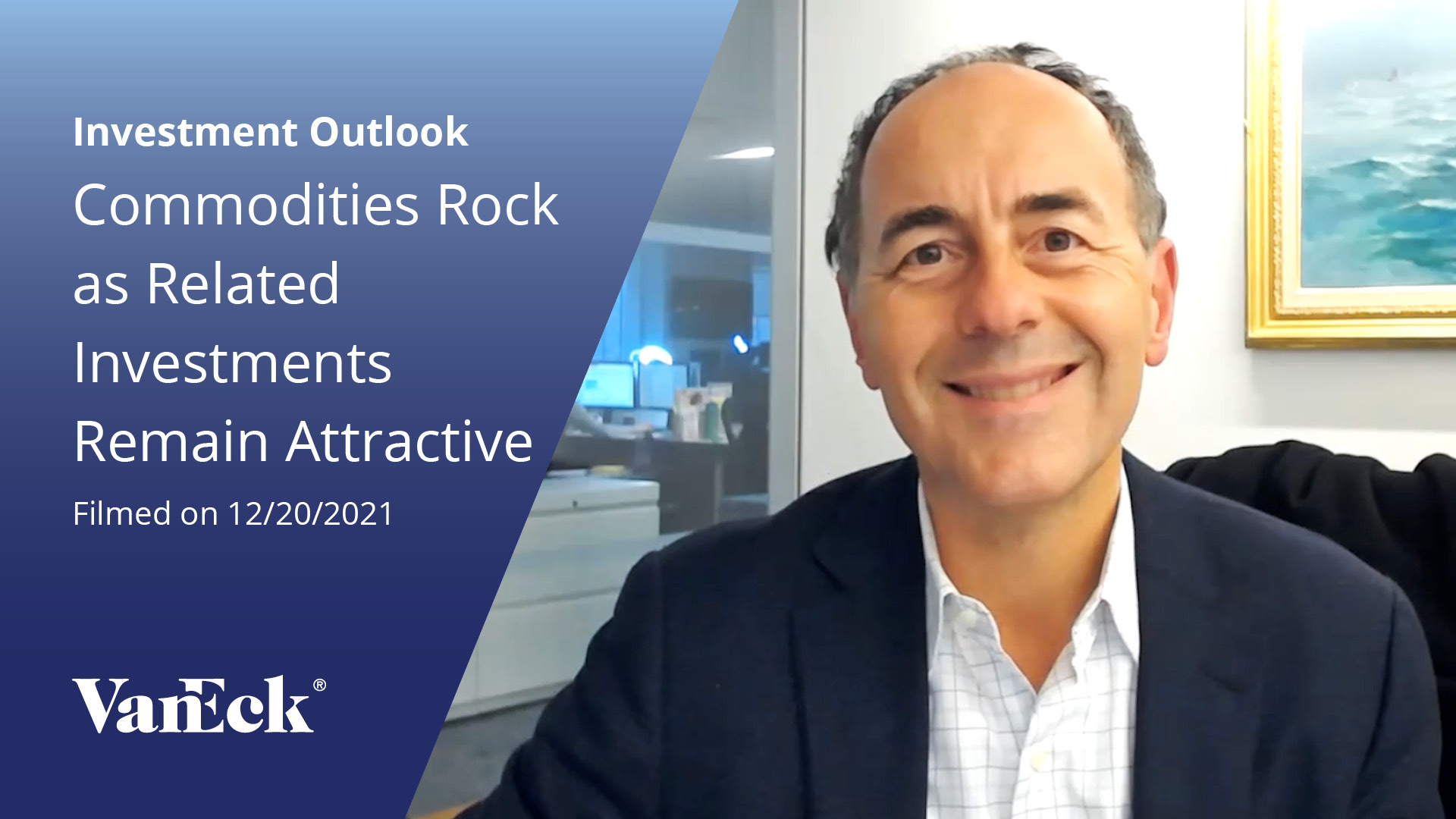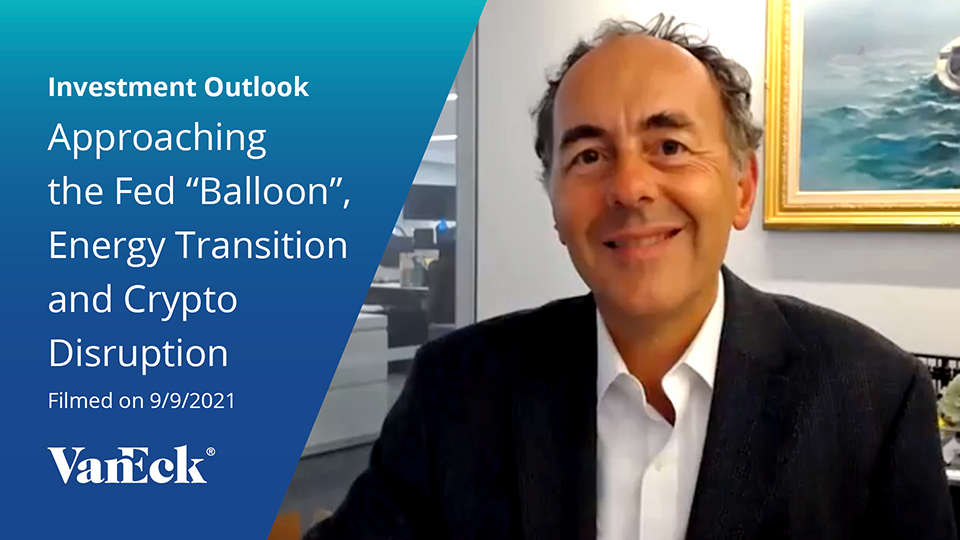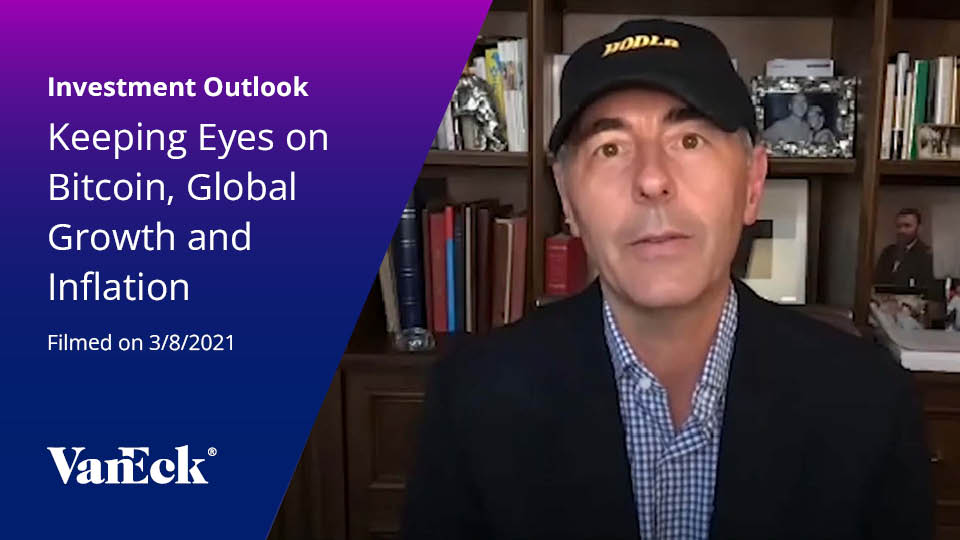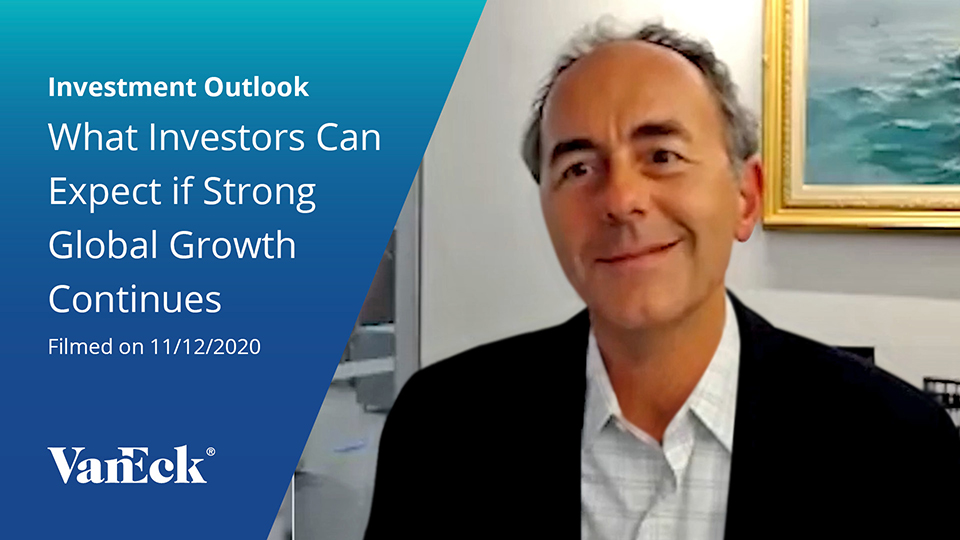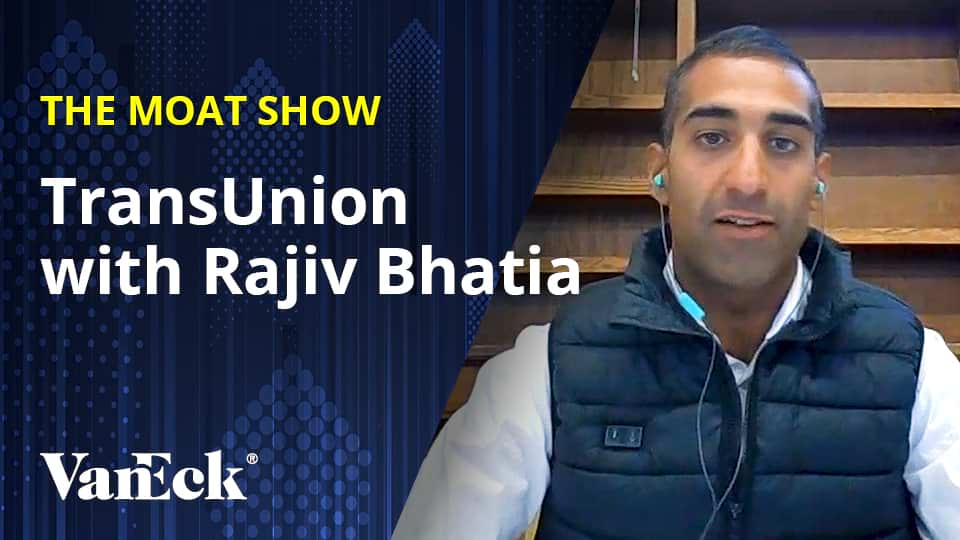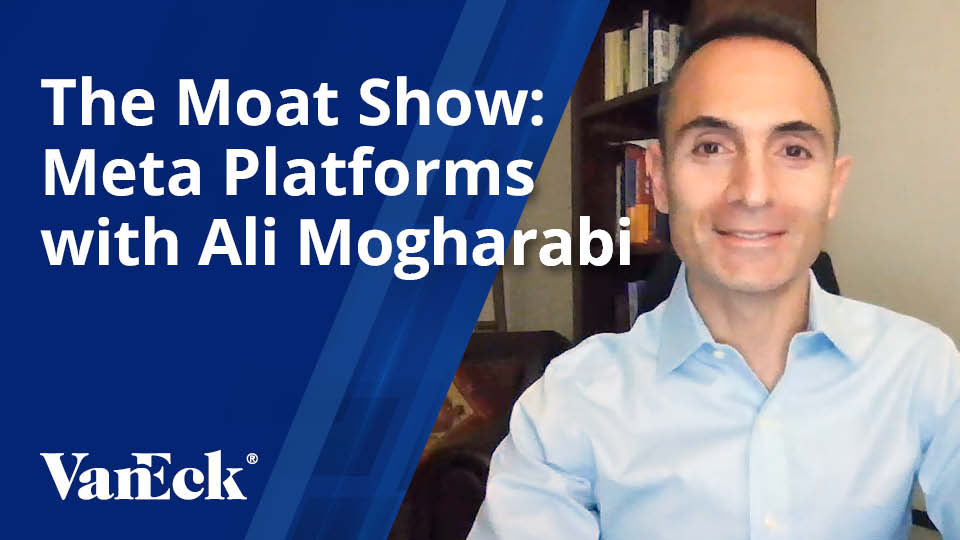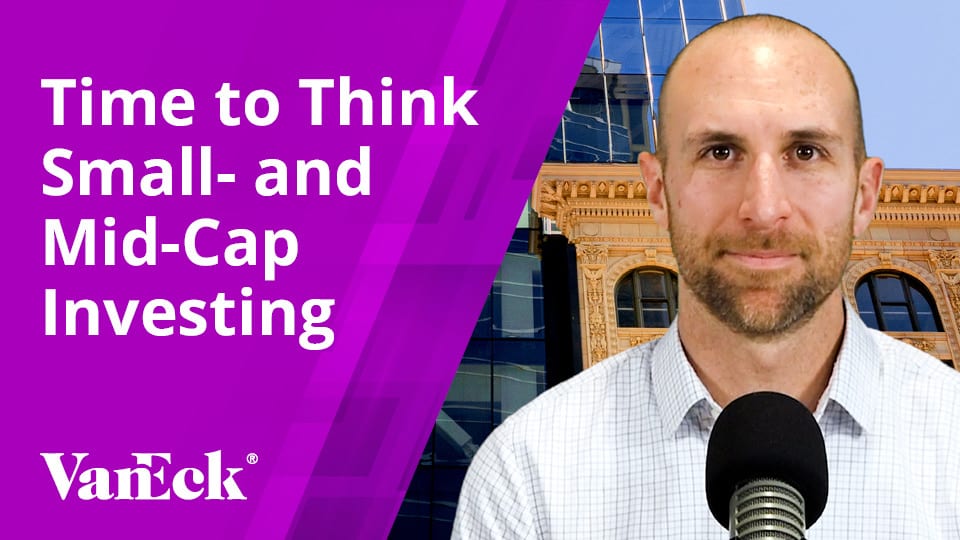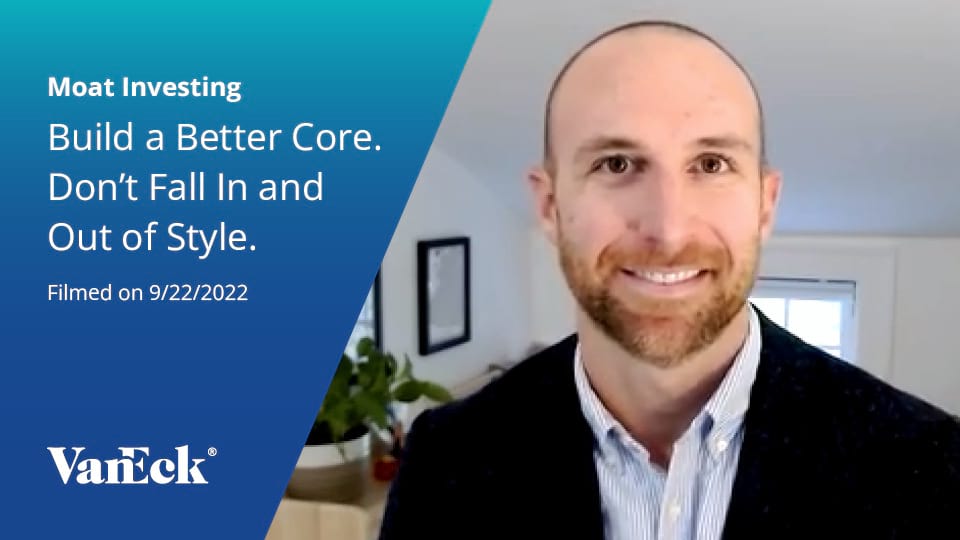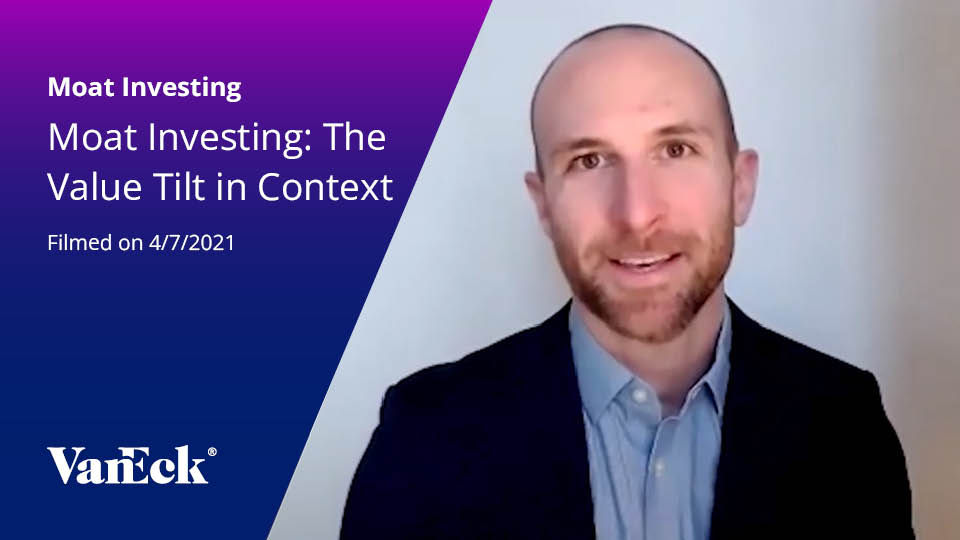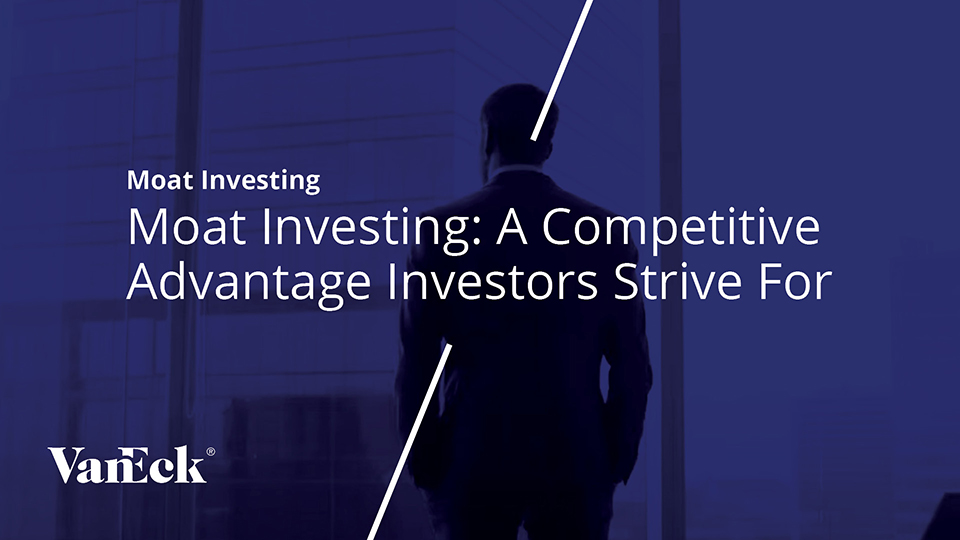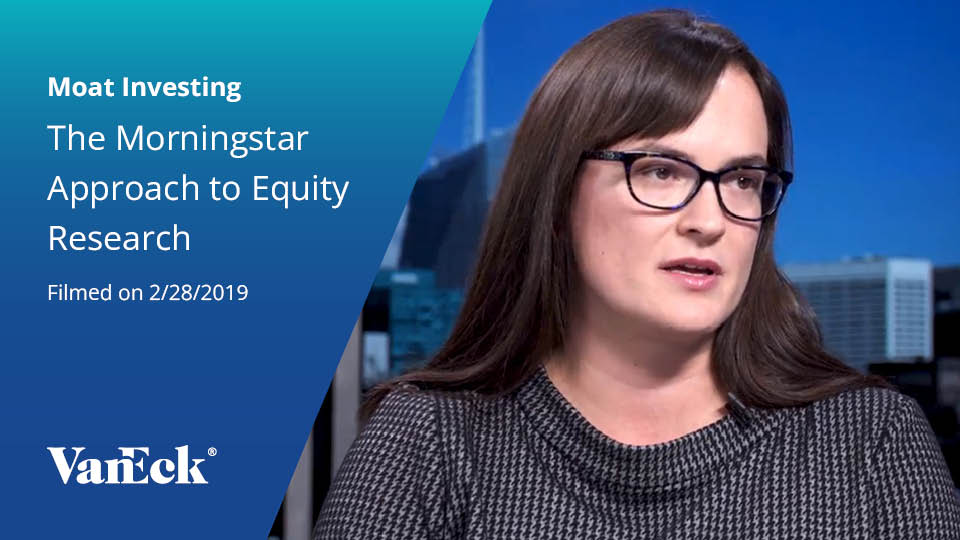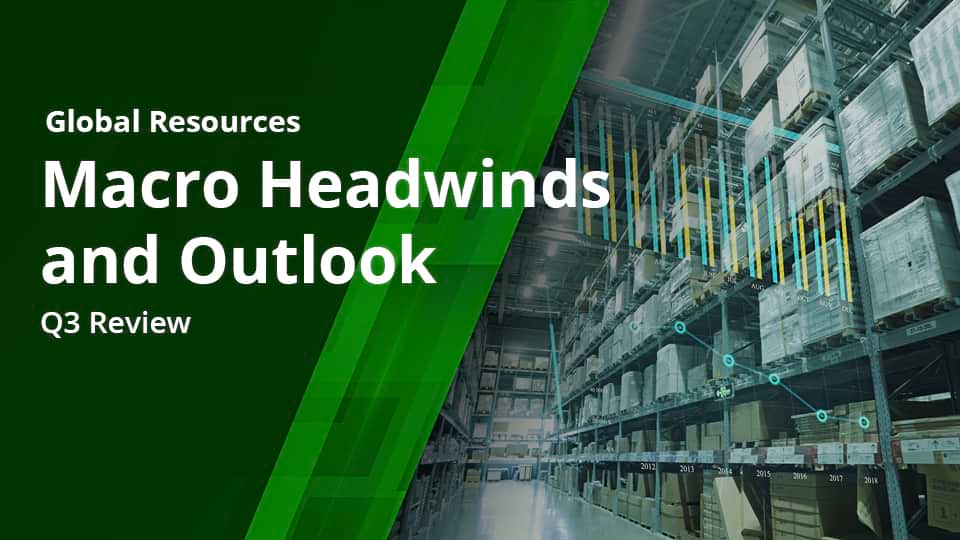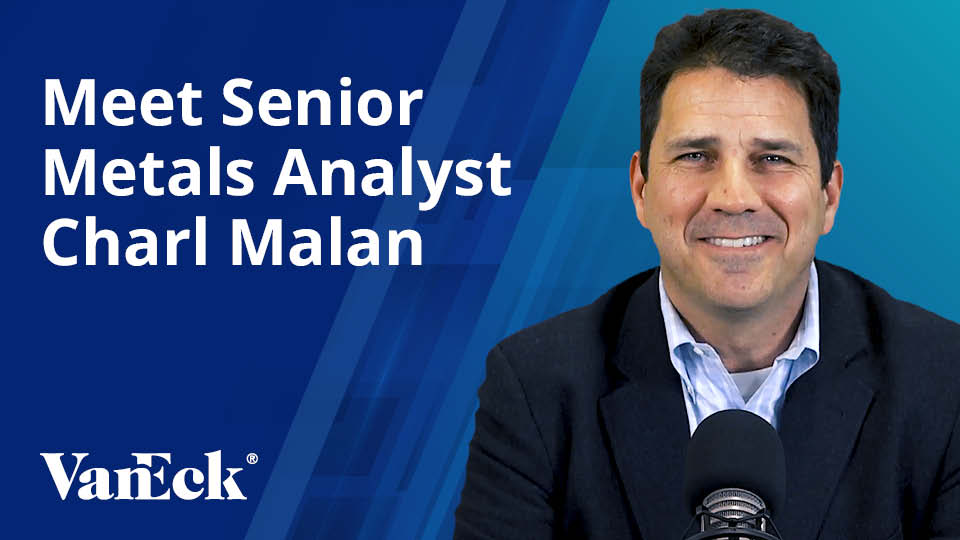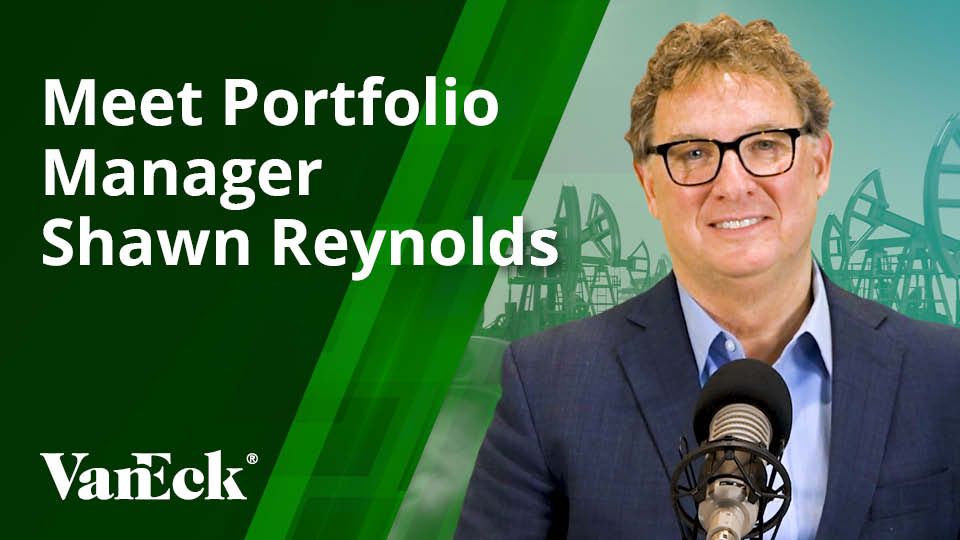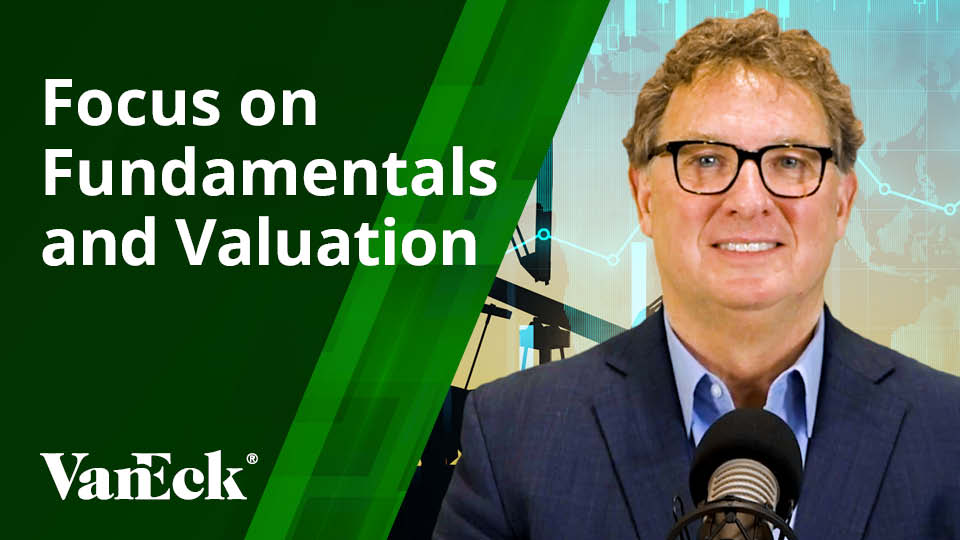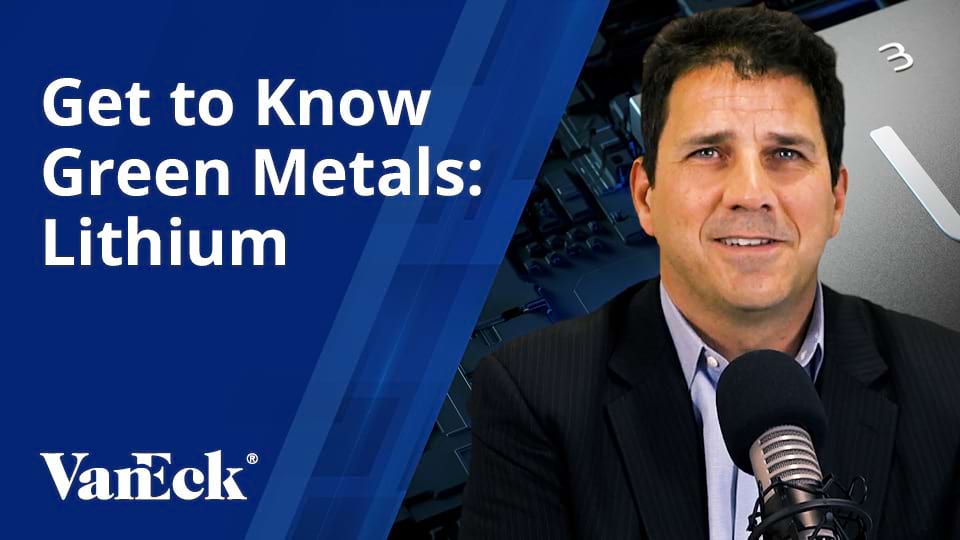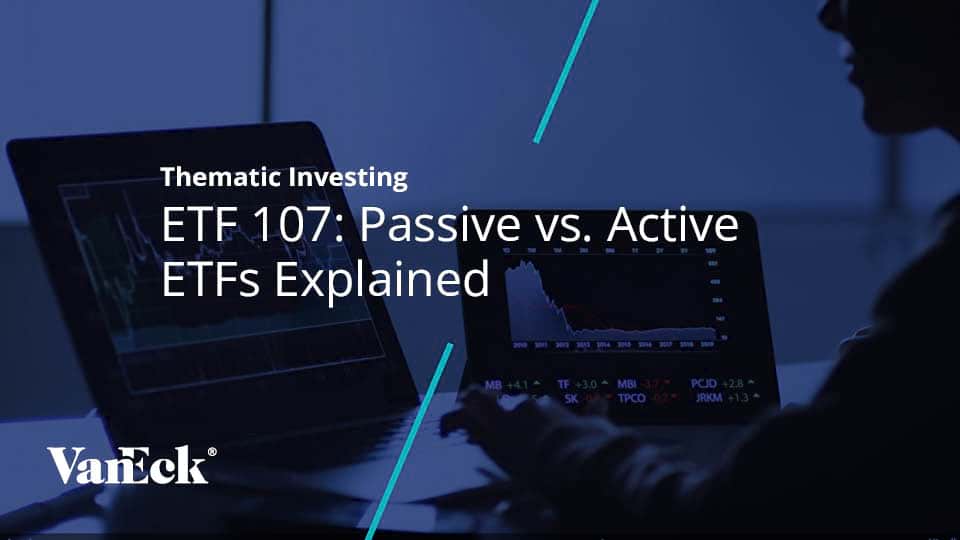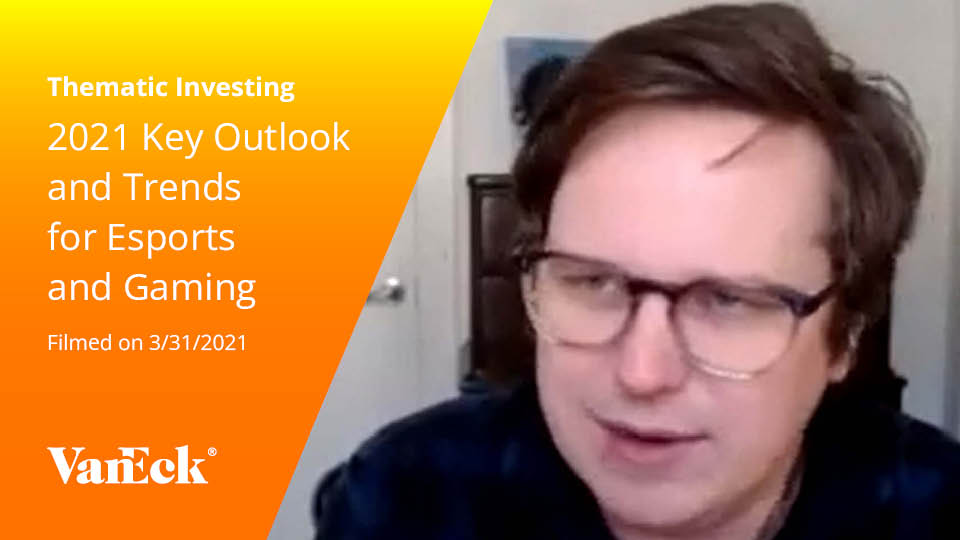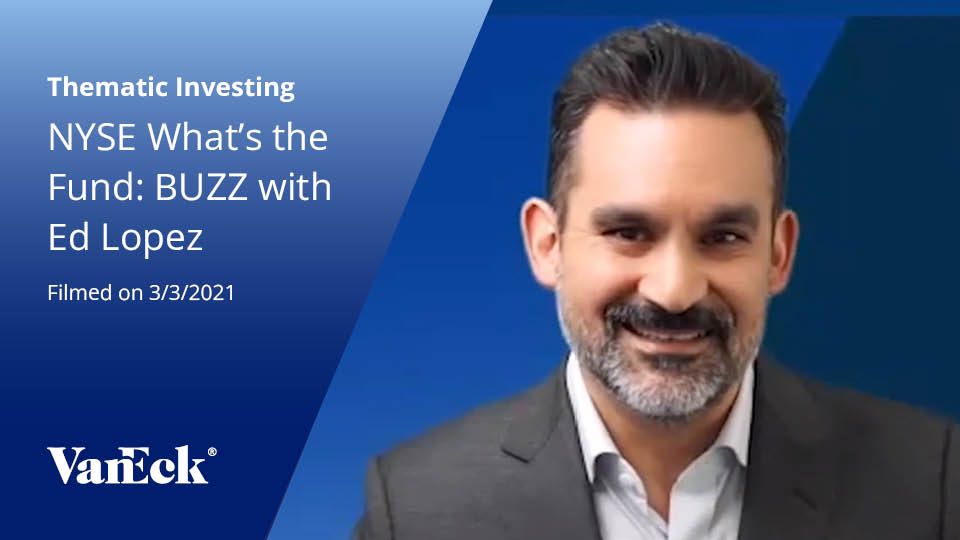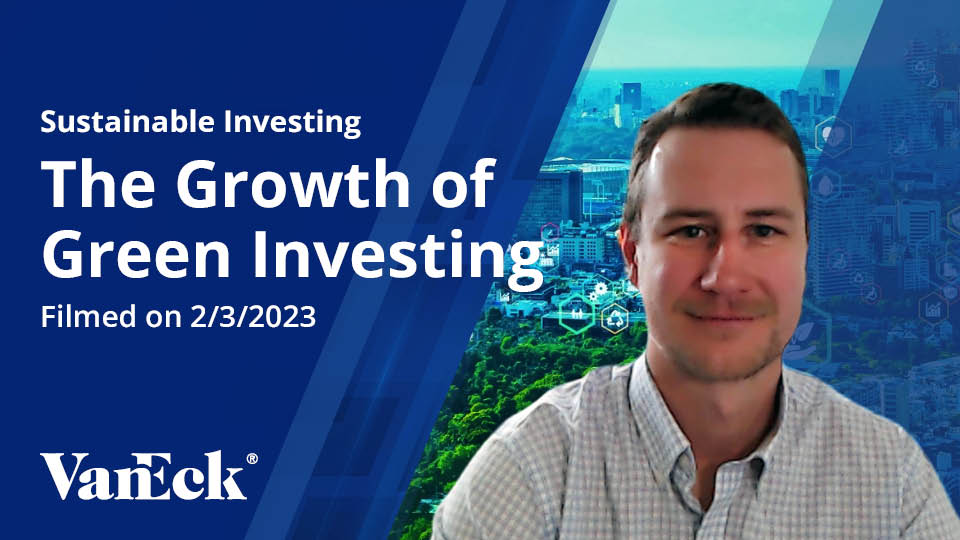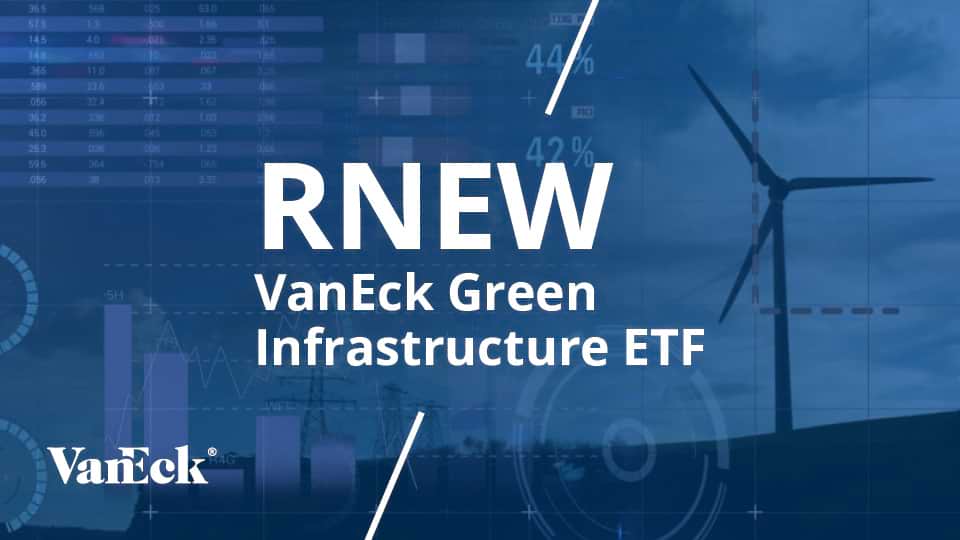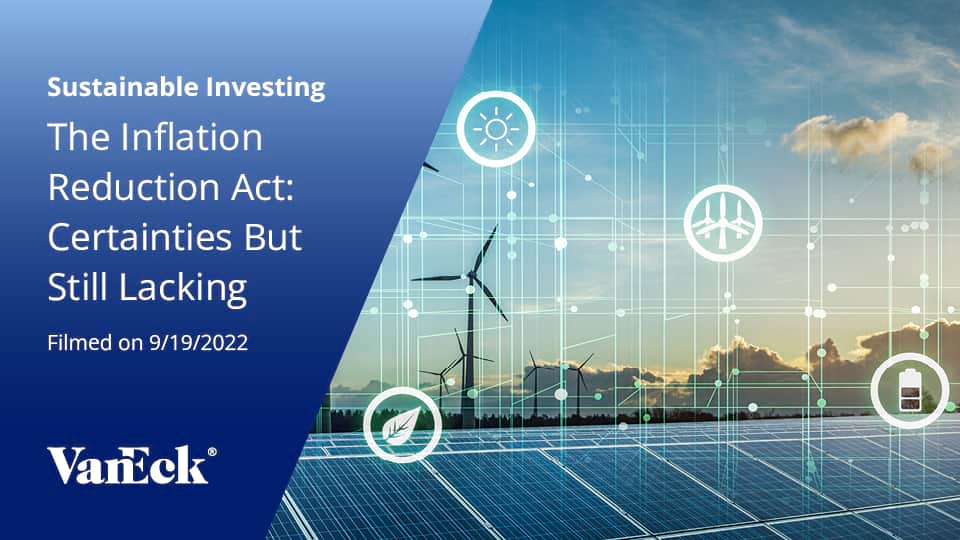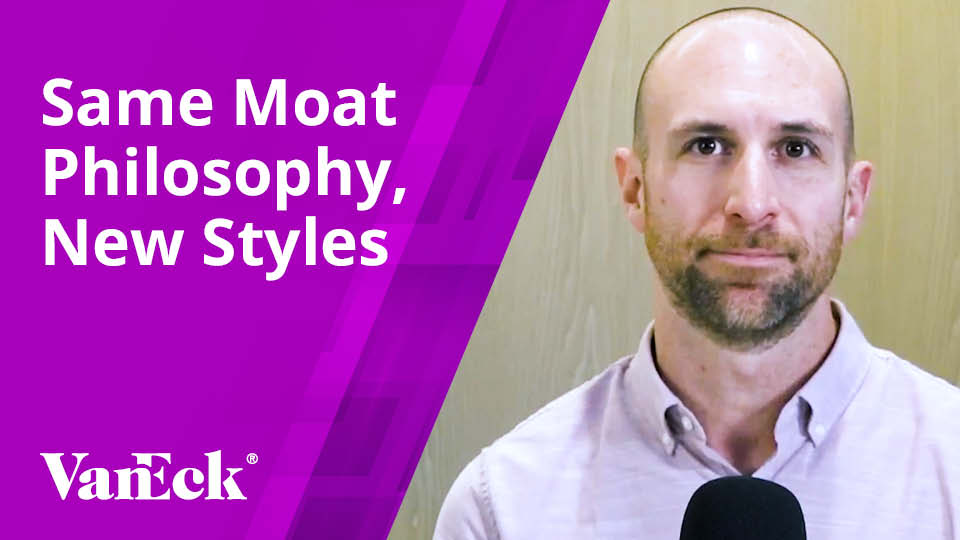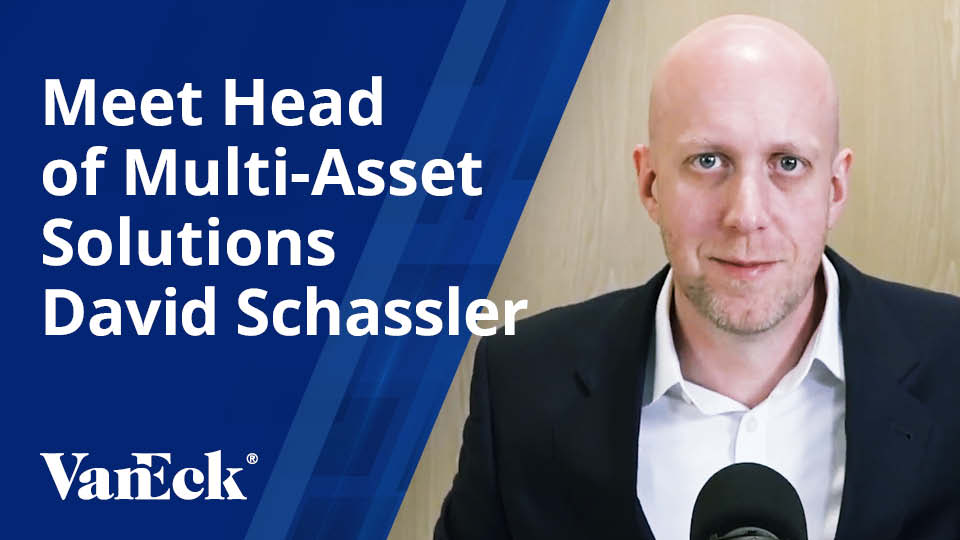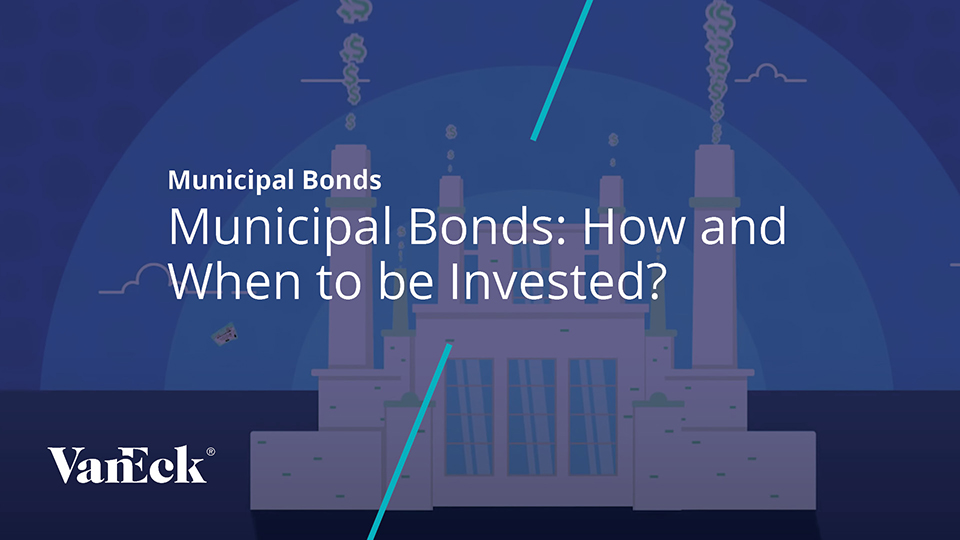Videos
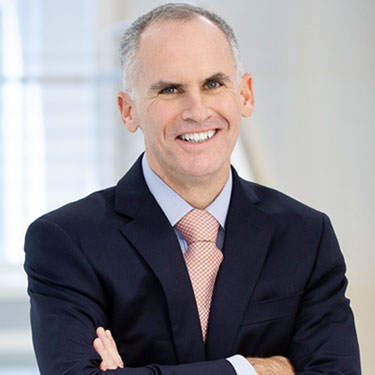
The Debate Over Active Versus Passive Investing in Bonds
JONATHAN FERRO: So guys, the big question around this table is whether you want to be active or you want to be passive. Last week we had a lot of active managers, guess what, talking about bunds saying that it's time to be active. As a guy that sets up ATFs, you give me a reason to be passive right now as a fixed income investor. Please, Fran.
FRAN RODILOSSO: Well, first of all, I think without hedging my response, using fixed income ETFs, even passive ones, does not mean you're being a passive investor. So you can look at the lineup of ETF. Go on Bloomberg and search for fixed income and you can look at the lineup, and there are a wide variety of products and a wide variety of spaces. So you can get longer duration or shorter duration via ETFs just in a diversified passive portfolio. You can go into U.S. high yield, shorter duration U.S. high yield, shorter duration U.S. investment grade, emerging markets, etc. So you can make asset allocations decisions using ETFs, and that's a big way to fix income. ETFs are being used. They're being used actively to set up an income portfolio.
FERRO: Carl, what's your response?
CARL EICHSTAEDT: I really believe in active management and fixed income space, maybe less so in the equities space. We just have too many built in advantages. The bond index is about 75% government or government related, very low yielding securities. So if I put together a portfolio that yields more than the benchmark, I win in three out of four cases. Spreads are tighter, I win. Spreads are unchanged, I win and spreads widen a little bit, which doesn't compensate for the carry, I still win. Moreover, when securities are taken out of the index I don't have to sell at that price. A great example is November of 2015, a very large high yield issuer, Petrobras, was removed from the investment grade index. In the month of November, bonds were down 25 points. Month of December, the bonds are up 15 points. So it was never that bad, it was never that good, but the index had to sell down 25 points.
FERRO: Fran, what do you say back that?
RODILOSSO: Well I think two things. One, index funds or ETFs are not full replication strategies. They can't be, particularly in the credit space at least. An ETF manager for a large issuer like that in the investment grade space is not going to hold on to Petrobras though. That's true. We happen to have a fixed income strategy that is passive that actually buys bonds like that, actually U.S. fallen angel bonds, which Petrobras was a fallen angel, and that's a passive strategy that you could look at historically. The index is a Merrill Lynch index that has been around 13 full calendar years and its out-performed Merrill's broad high yield market index for 11 of those years, and as an index a lot of active managers.
FERRO: Marty.
MARTIN FRIDSON: Just make a couple of points. One is I would differentiate between going outside the box and active management. I mean, I think those are two different concepts. But the other point is that the notion has gone out there that this year will be a better time for active managers because correlations are down. Now I've done this work only in high yield, but the bottom line in high yield is that the active funds out-perform when the market goes down and the under-performer in the market goes up. It has nothing to do with correlations and that's simply because they're less volatile in the sense some are more conservative in that sense than the indexes.
RODILOSSO: I want to point out, the growth of the fixed ETFs at Van Eck has largely been driven by institutional investors who are using ETFs in a complimentary fashion with their active managers as well. So these are tools, as I mentioned, and again, they can be used to make adjustment to an overall portfolio duration and obviously some of the efficient trading and cost efficiencies are attractive.
Panelists: Jonathan Ferro, Bloomberg Real Yield; Fran Rodilosso, Head of Fixed Income ETF Portfolio Management, Van Eck Associates; Carl Eichstaedt, Portfolio Manager, Western Asset Management; Martin Fridson, CIO, Lehmann Livian Fridson.
IMPORTANT DISCLOSURE
Please note that the information herein represents the opinion of the author, but not necessarily those of VanEck, and these opinions may change at any time and from time to time, without prior notice. Non-VanEck proprietary information contained herein has been obtained from sources believed to be reliable, but not guaranteed. Not intended to be a forecast of future events, a guarantee of future results or investment advice. Historical performance is not indicative of future results. Current data may differ from data quoted. Any graphs shown herein are for illustrative purposes only. No part of this material may be reproduced in any form, or referred to in any other publication, without express written permission of VanEck.
Nothing in this content should be considered a solicitation to buy or an offer to sell shares of any investment in any jurisdiction where the offer or solicitation would be unlawful under the securities laws of such jurisdiction, nor is it intended as investment, tax, financial, or legal advice. Investors should seek such professional advice for their particular situation and jurisdiction.
Please note that Van Eck Securities Corporation offers investment products that invest in the asset class(es) included in this interview. Debt securities carry interest rate and credit risk. Interest rate risk refers to the risk that bond prices generally fall as interest rates rise and vice versa. Credit risk is the risk of loss on an investment due to the deterioration of an issuer's financial health. Securities may be subject to call risk, which may result in having to reinvest the proceeds at lower interest rates, resulting in a decline in income. International investing involves additional risks which include greater market volatility, the availability of less reliable financial information, higher transactional and custody costs, taxation by foreign governments, decreased market liquidity and political instability. Changes in currency exchange rates may negatively impact a fund's return. Investments in emerging markets securities are subject to elevated risks which include, among others, expropriation, confiscatory taxation, issues with repatriation of investment income, limitations of foreign ownership, political instability, armed conflict and social instability.
Asset allocation does not assure a profit or protect against loss.
Investing involves substantial risk and high volatility, including possible loss of principal. An investor should consider investment objectives, risks, charges and expenses of any investment strategy carefully before investing.
Van Eck Securities Corporation
666 Third Avenue, New York, NY 10017
Bloomberg TV is not an affiliate of Van Eck Securities Corporation nor its affiliates. VanEck assumes no liability for the content of any linked third-party site, and/or content hosted on external sites.














